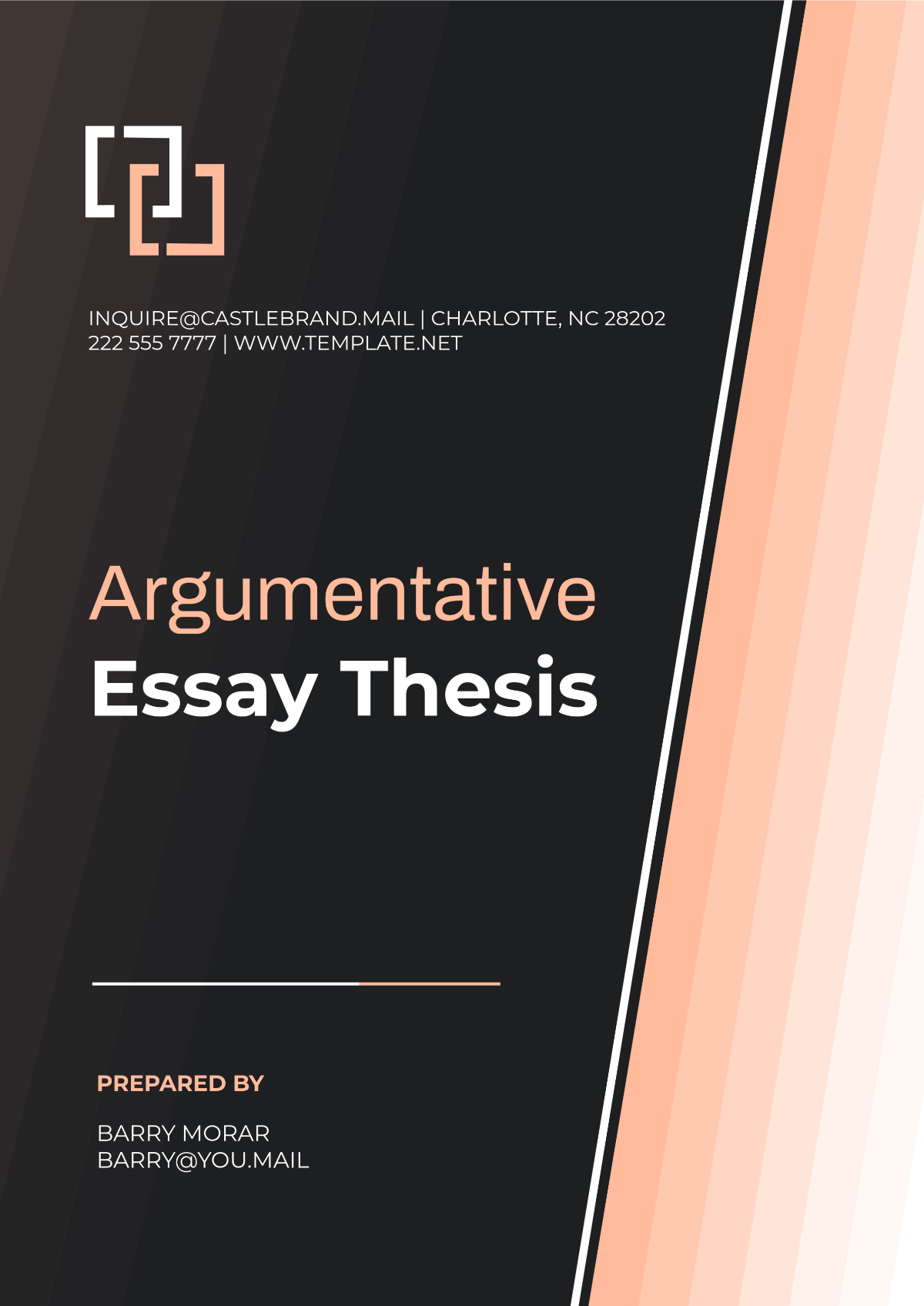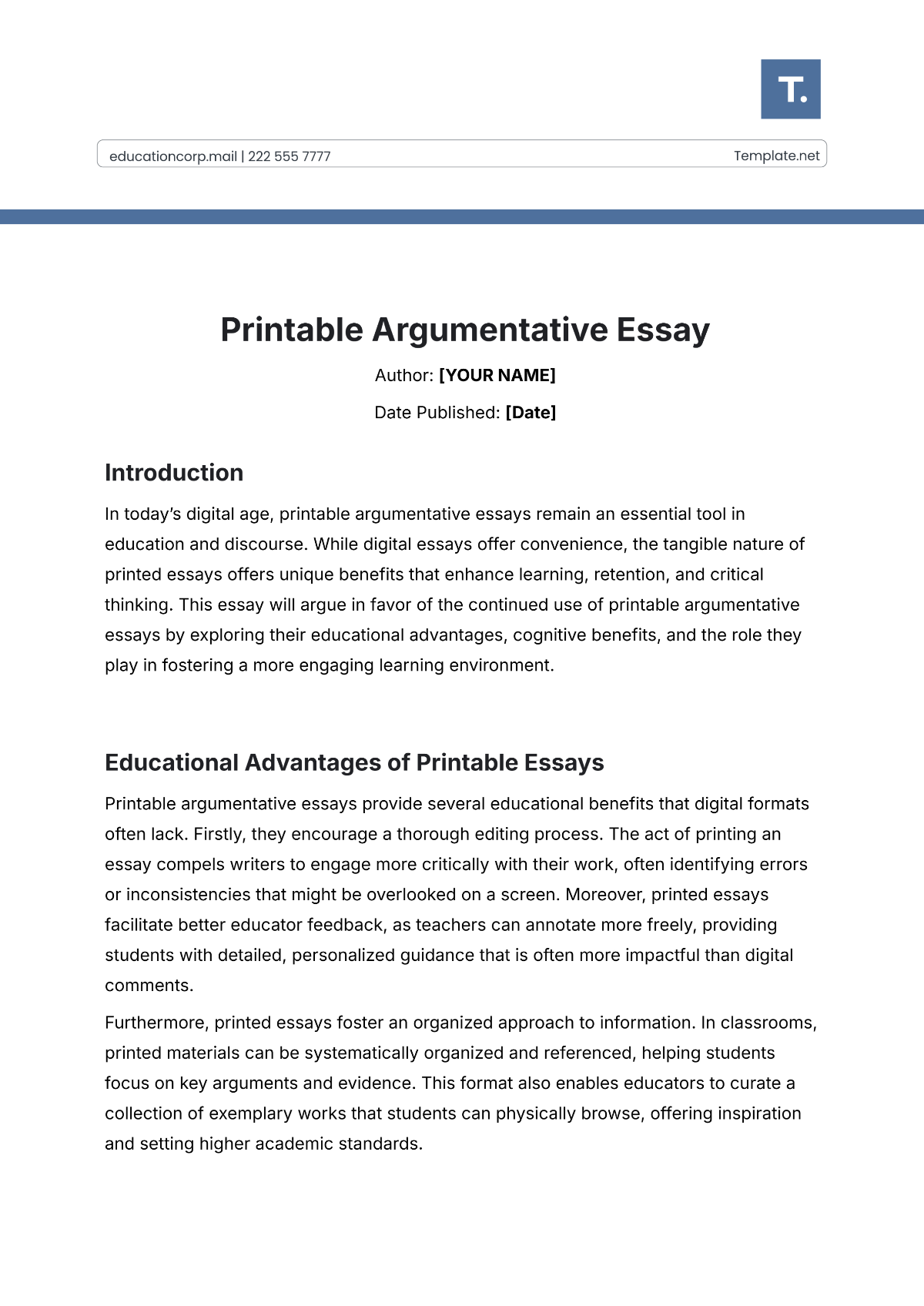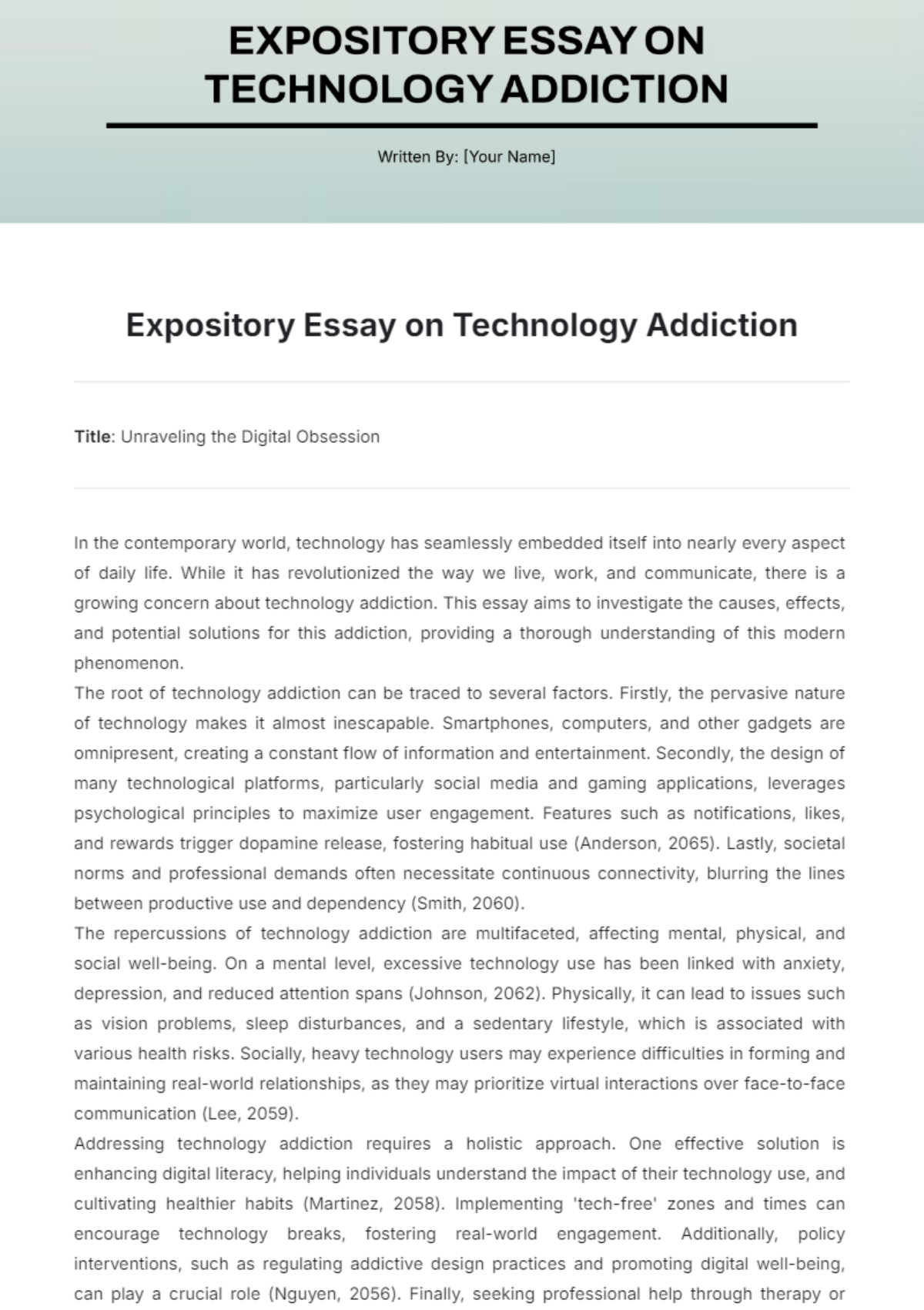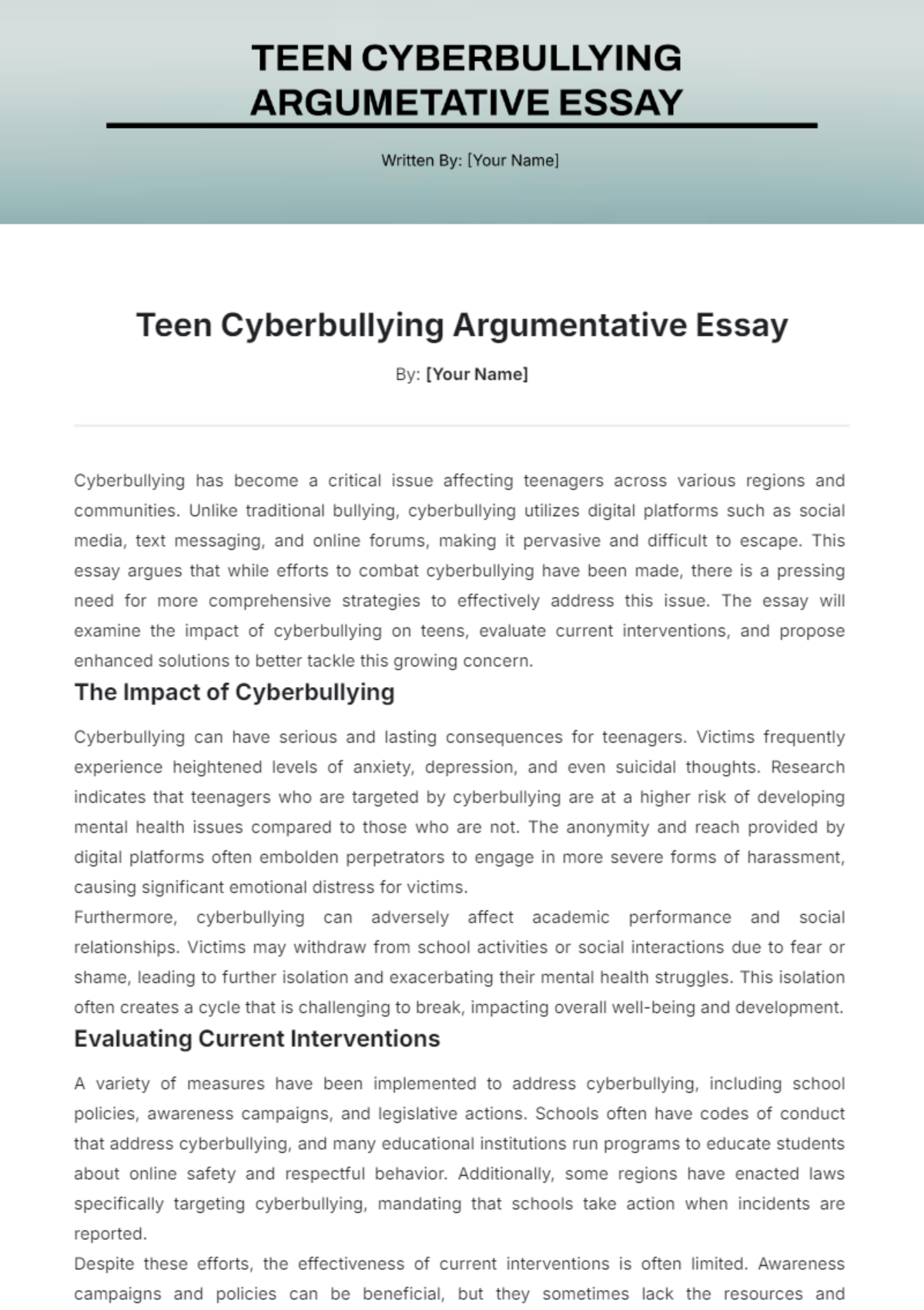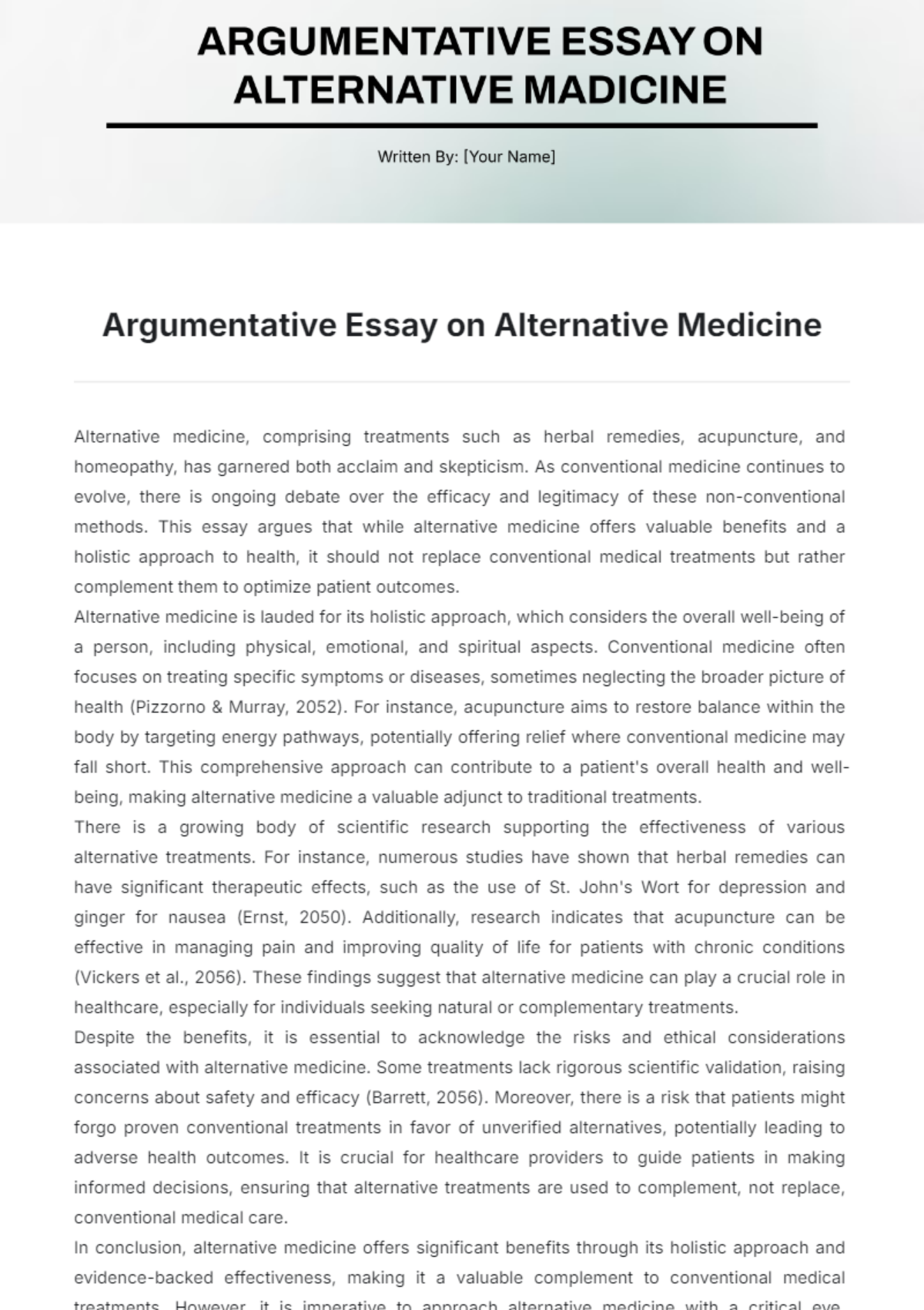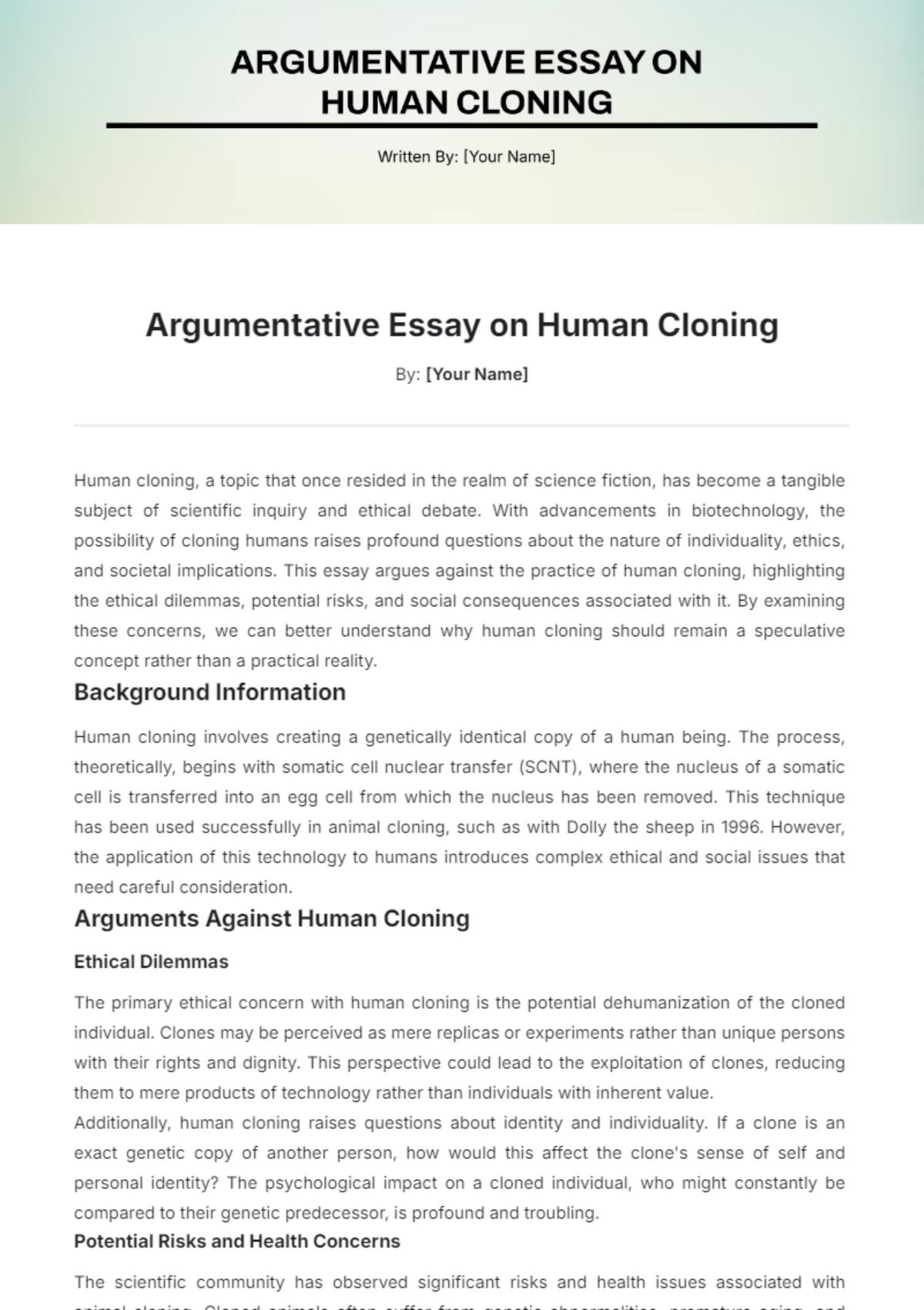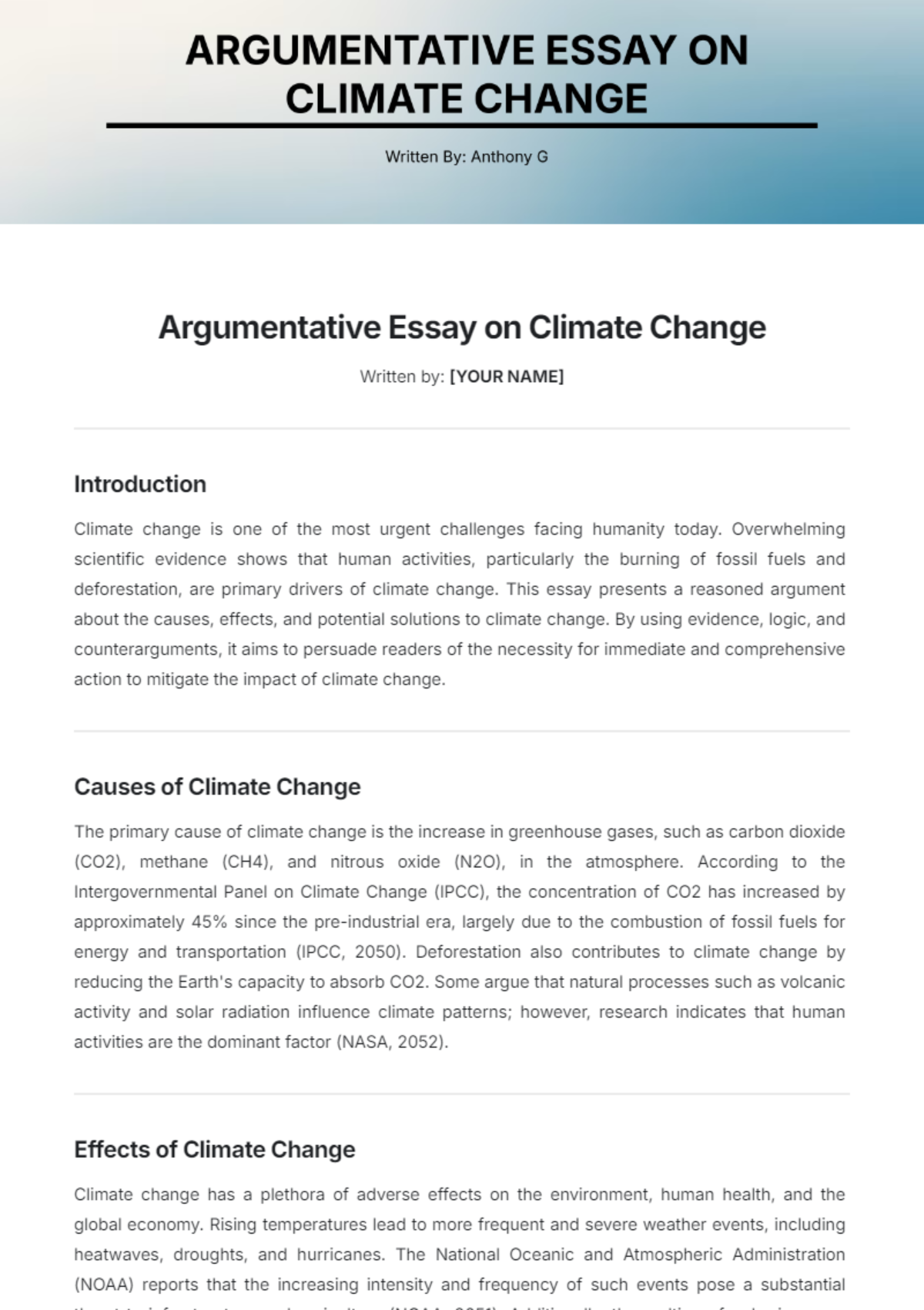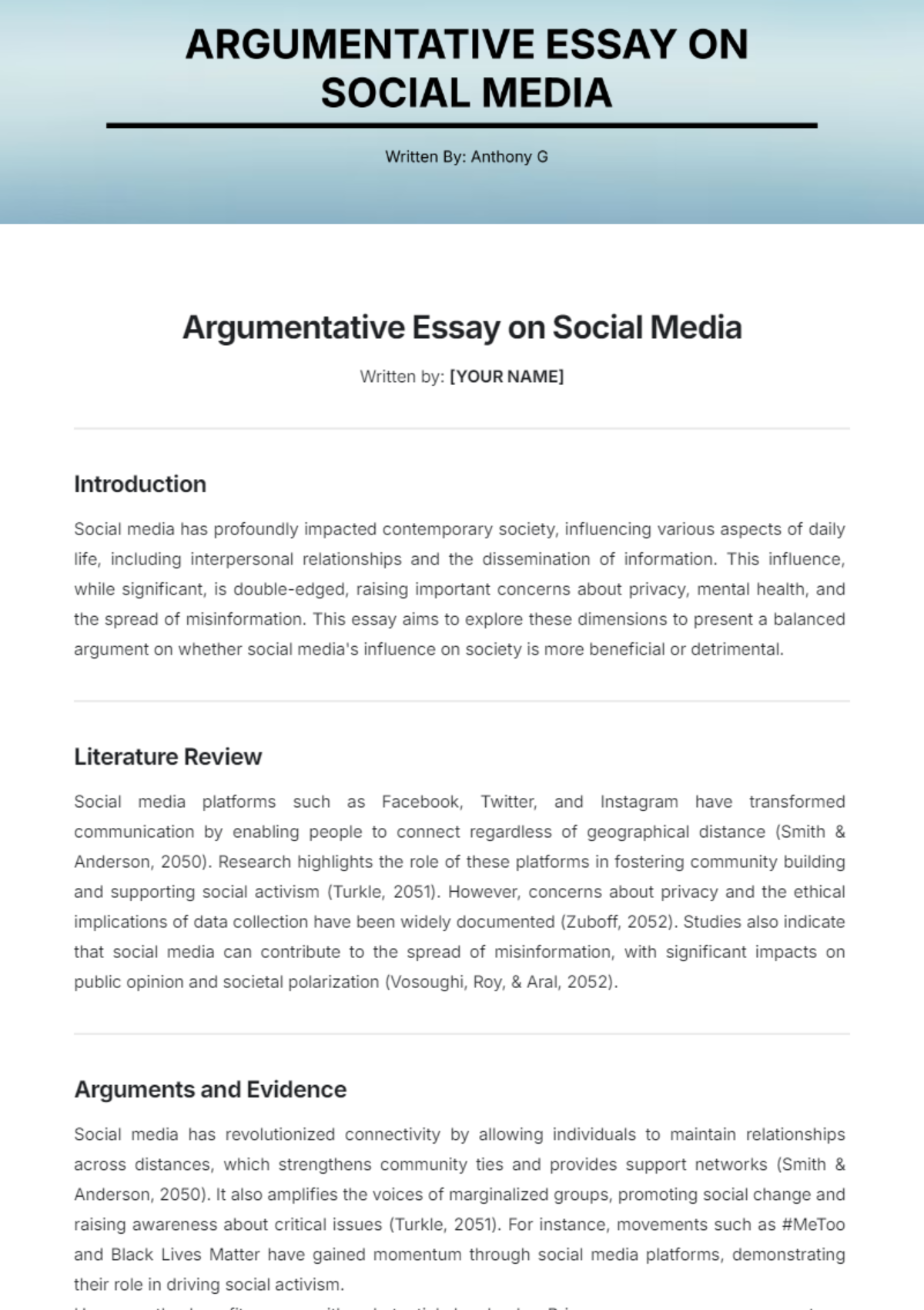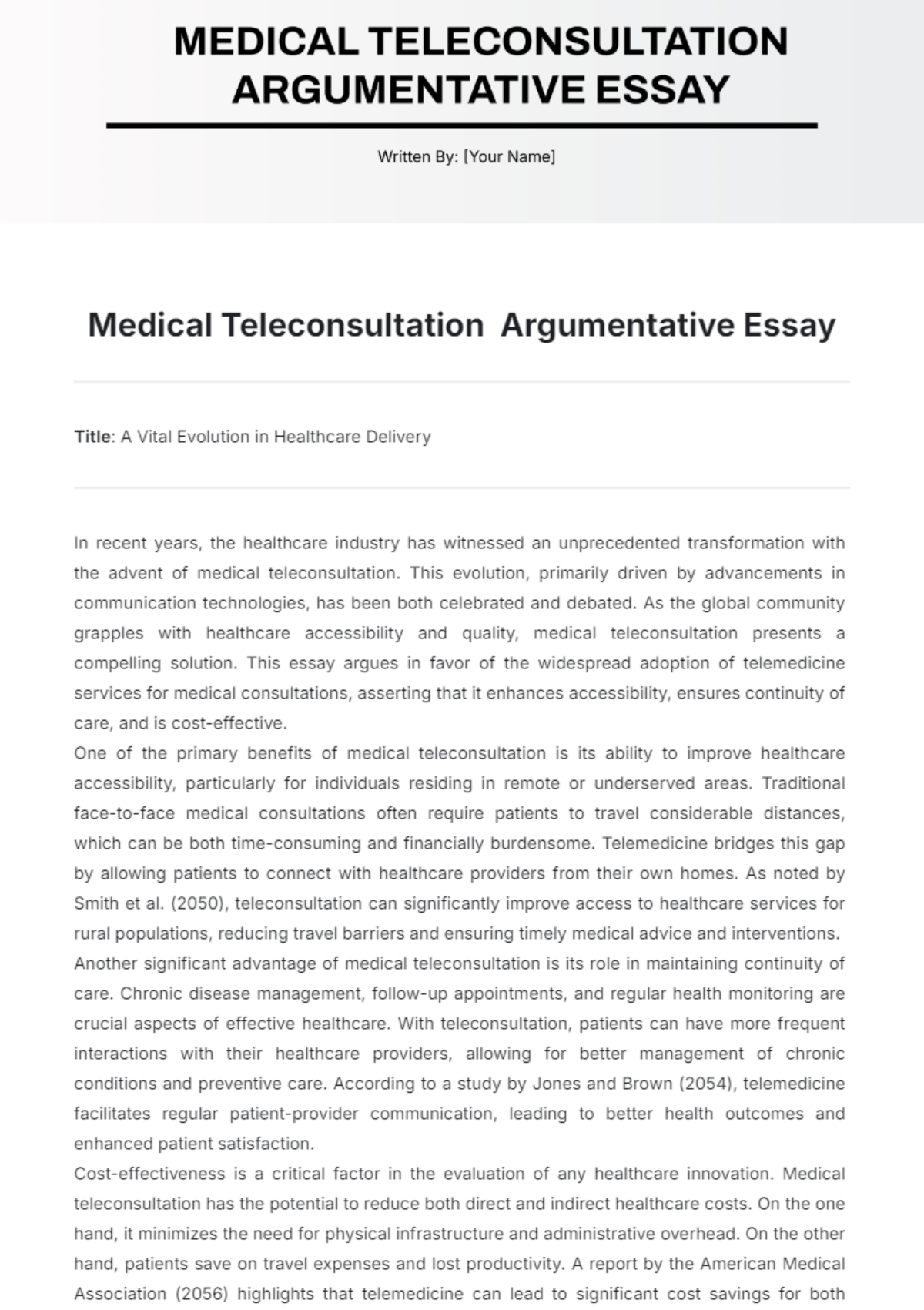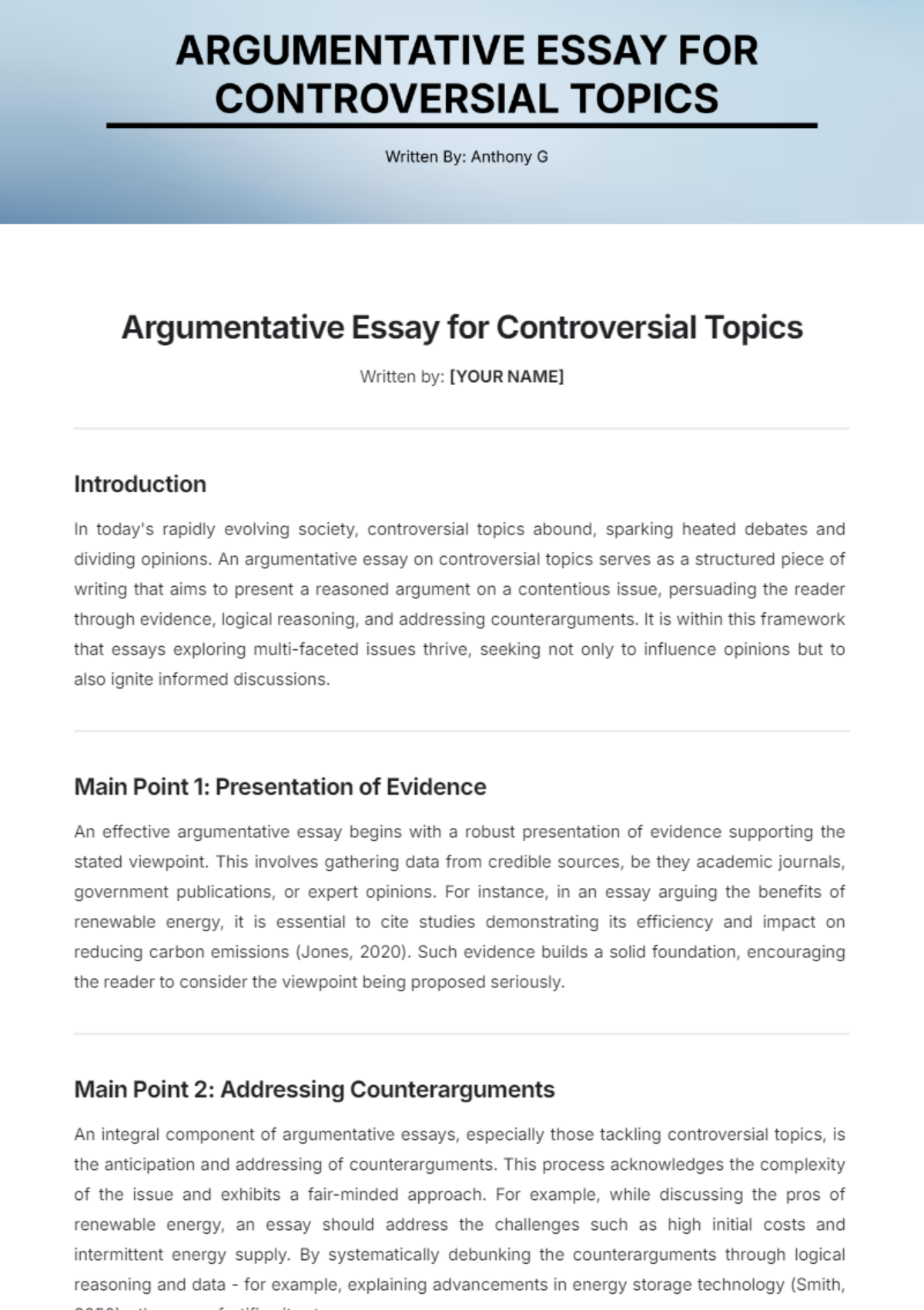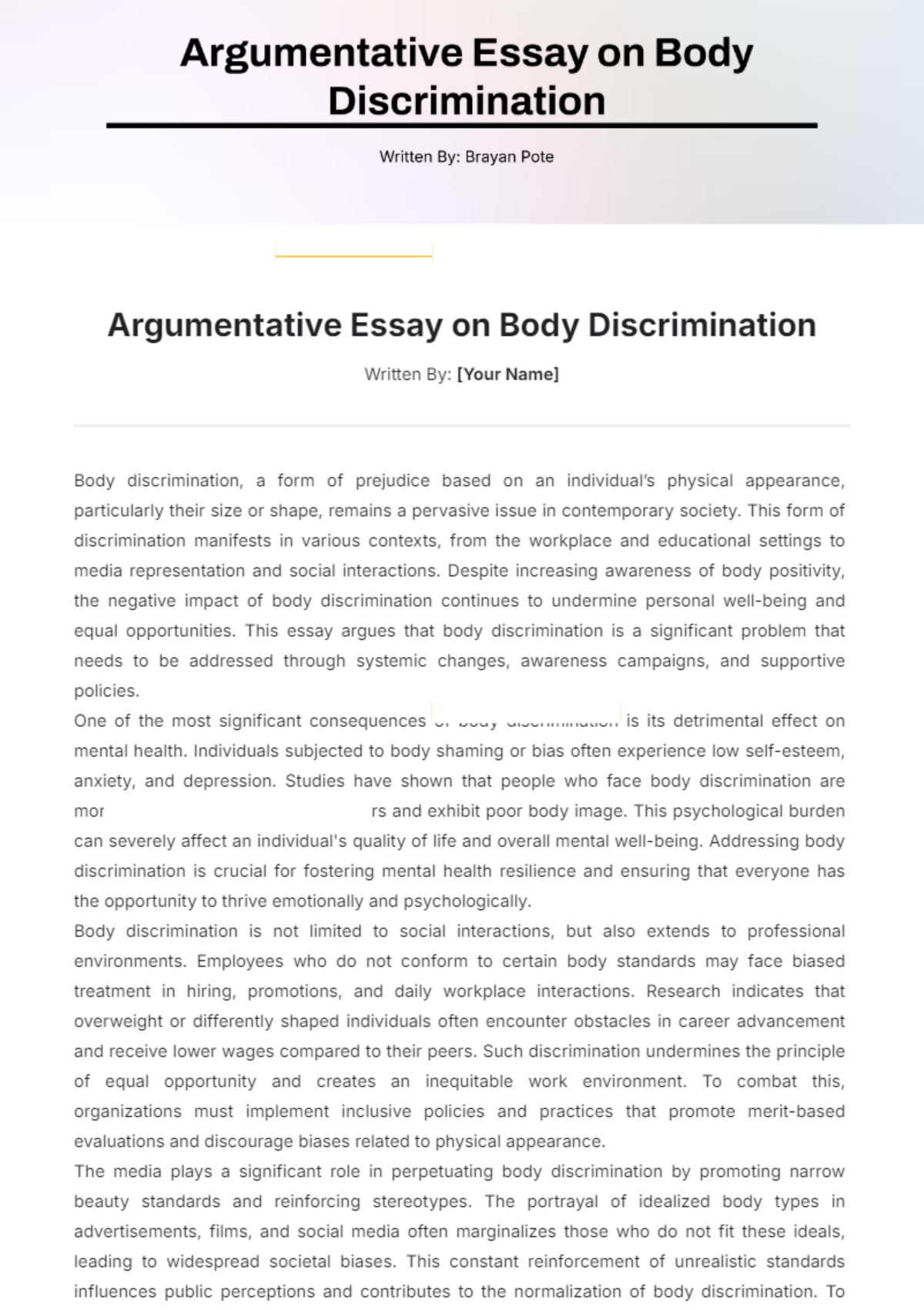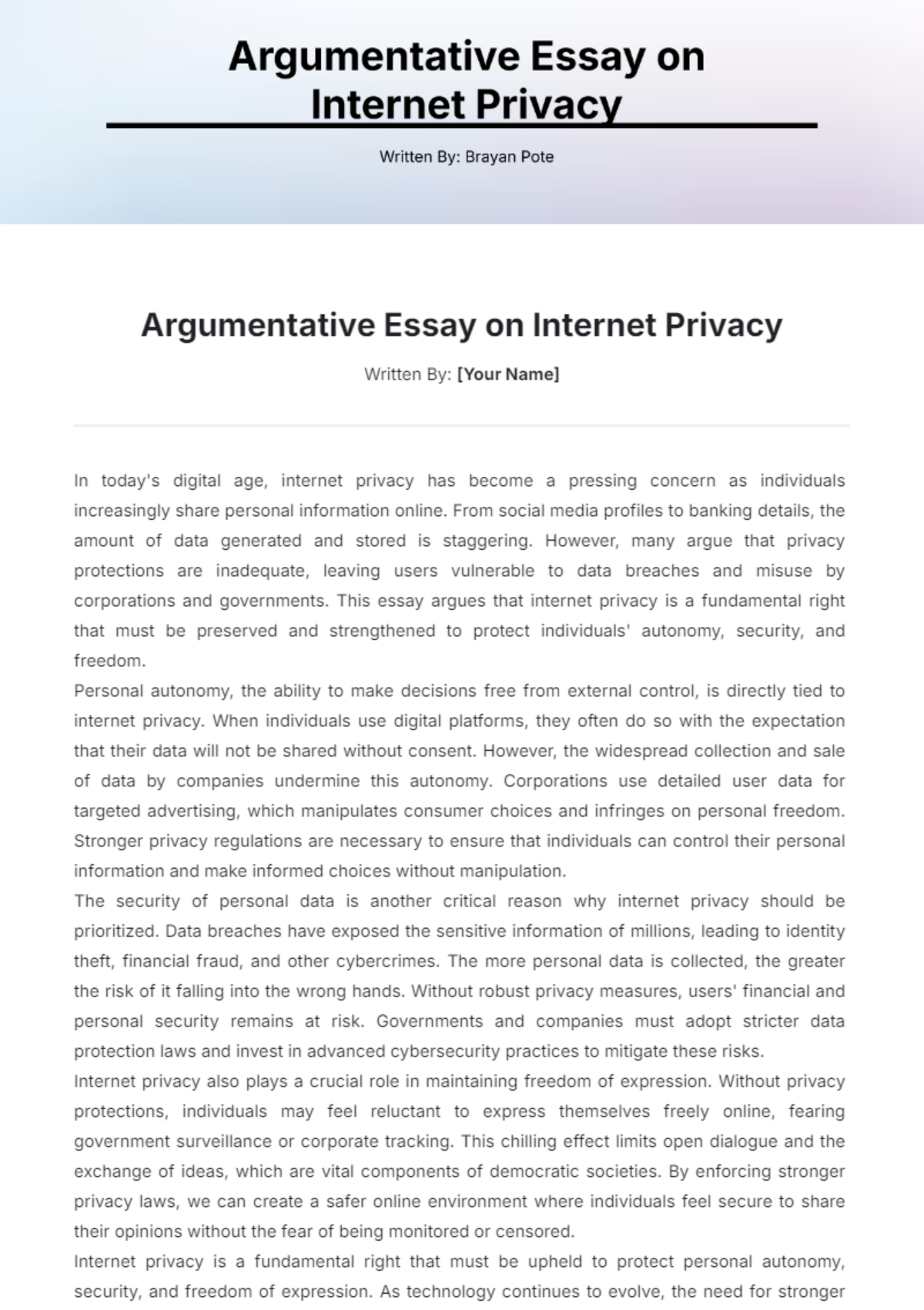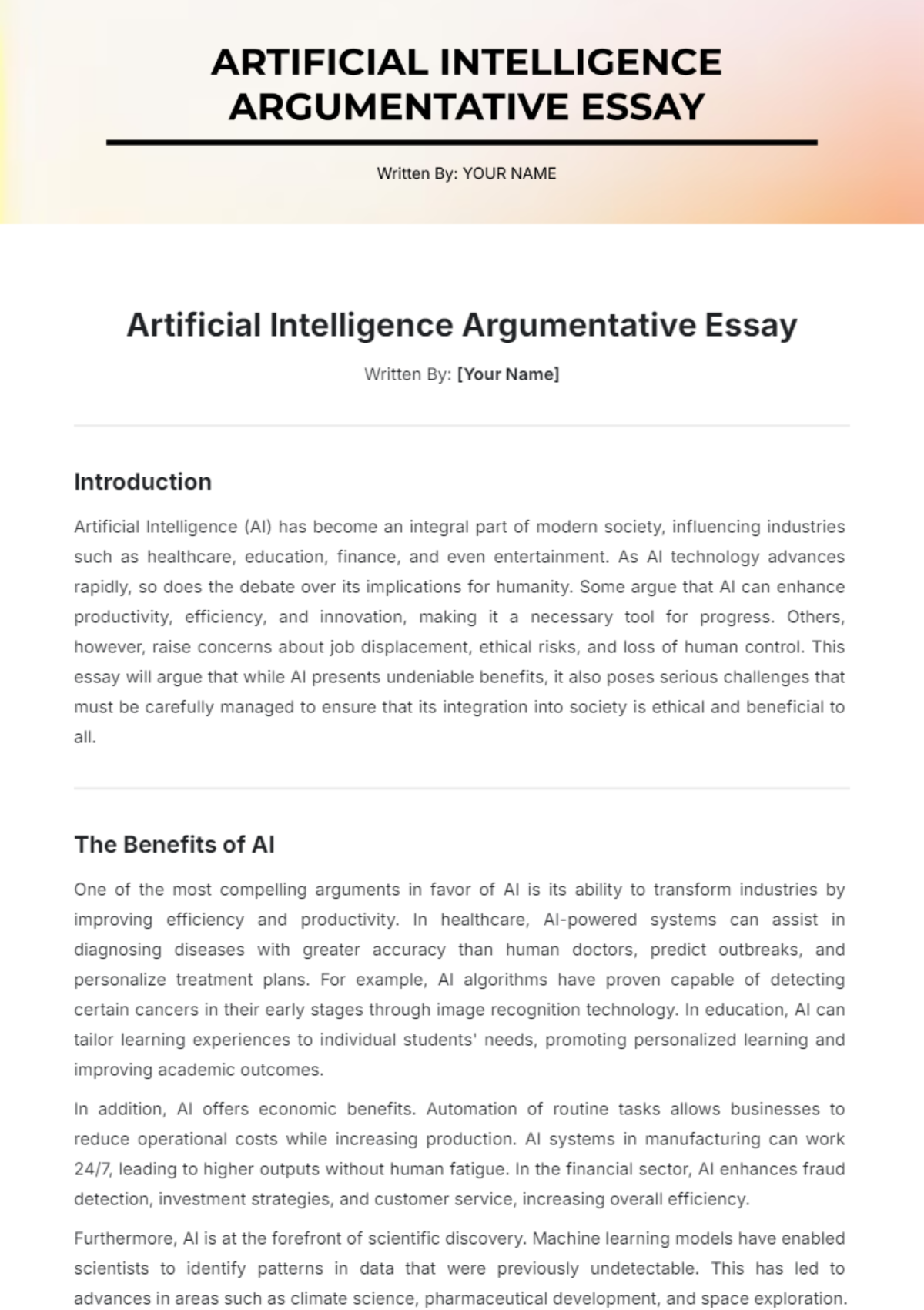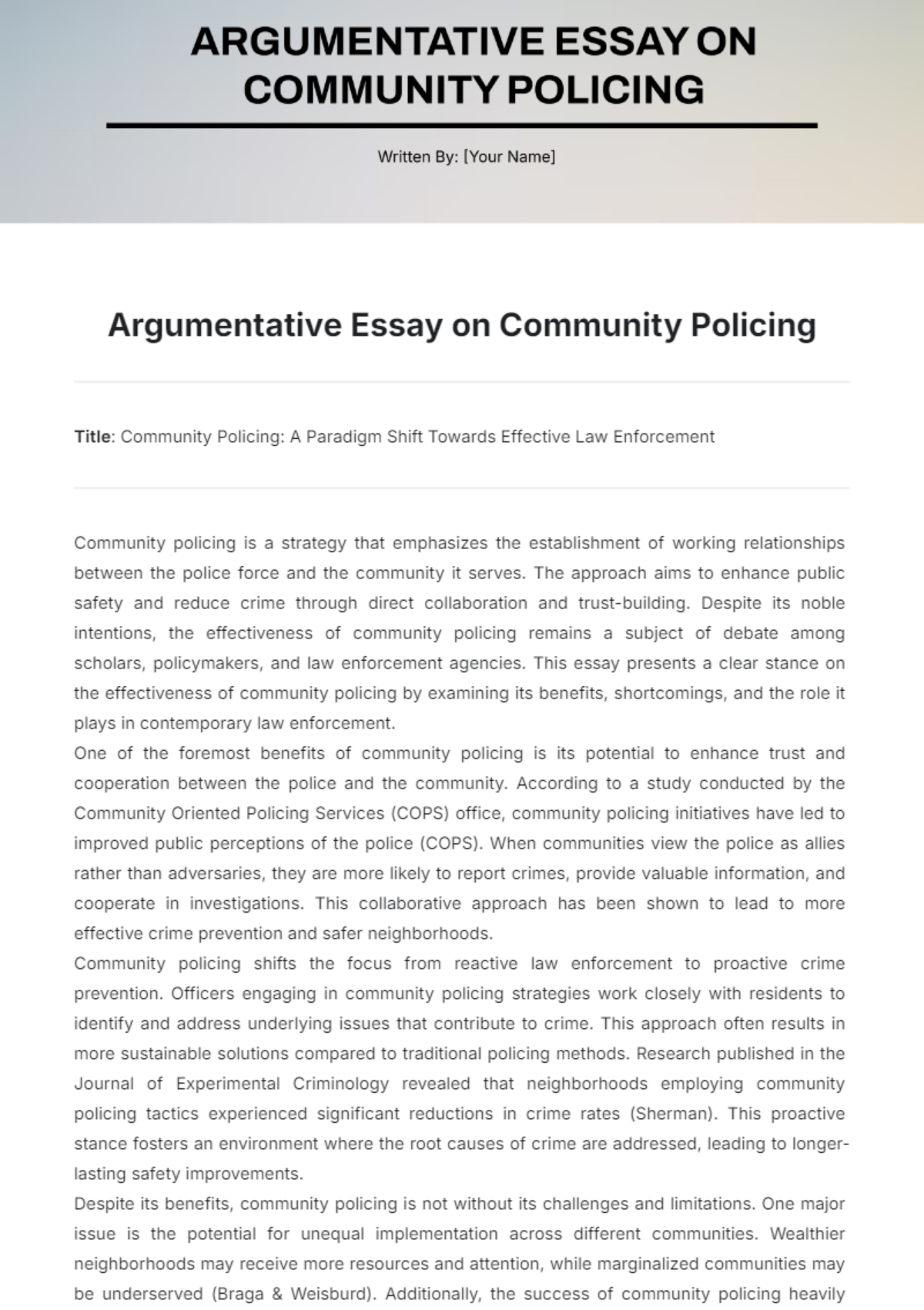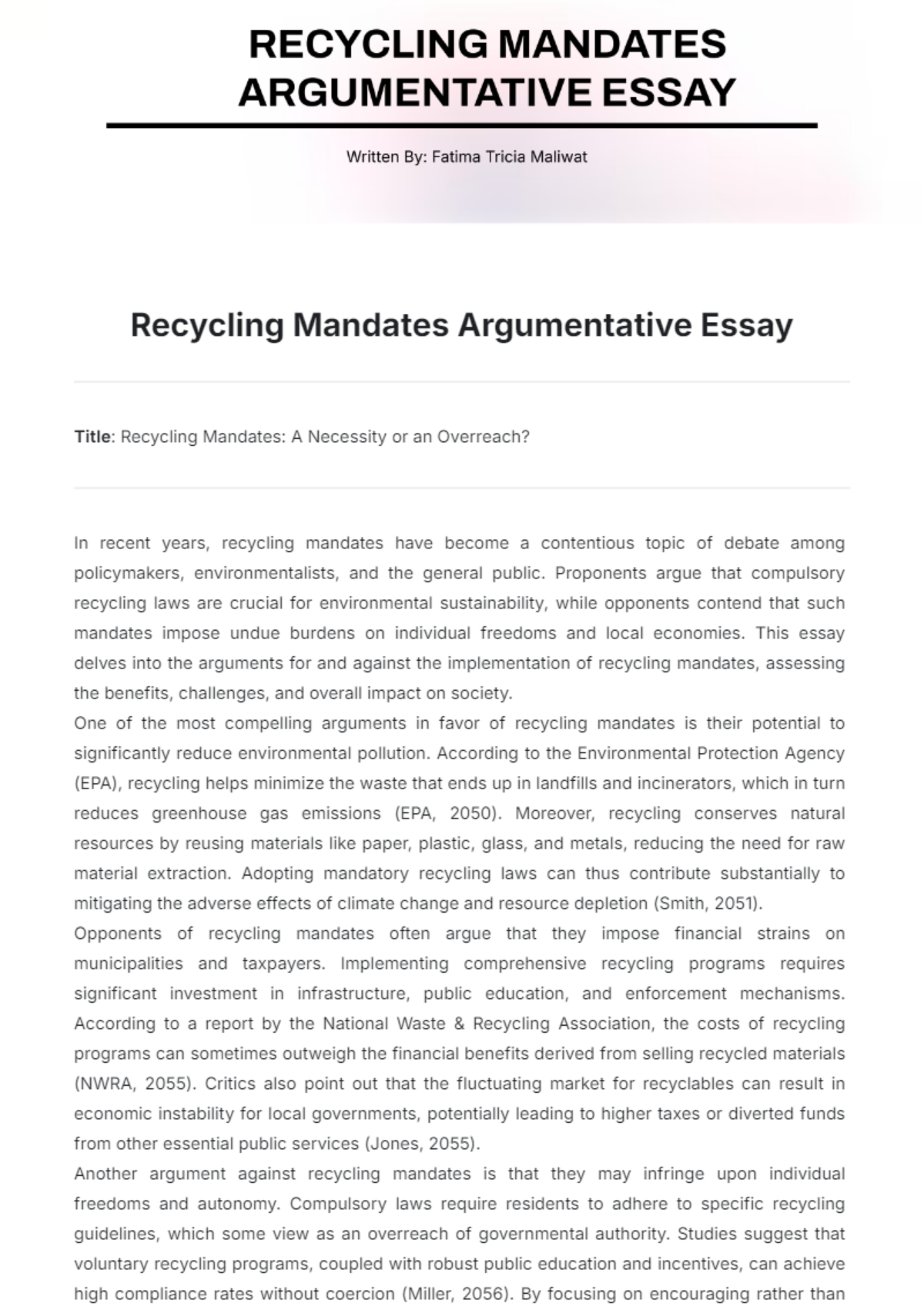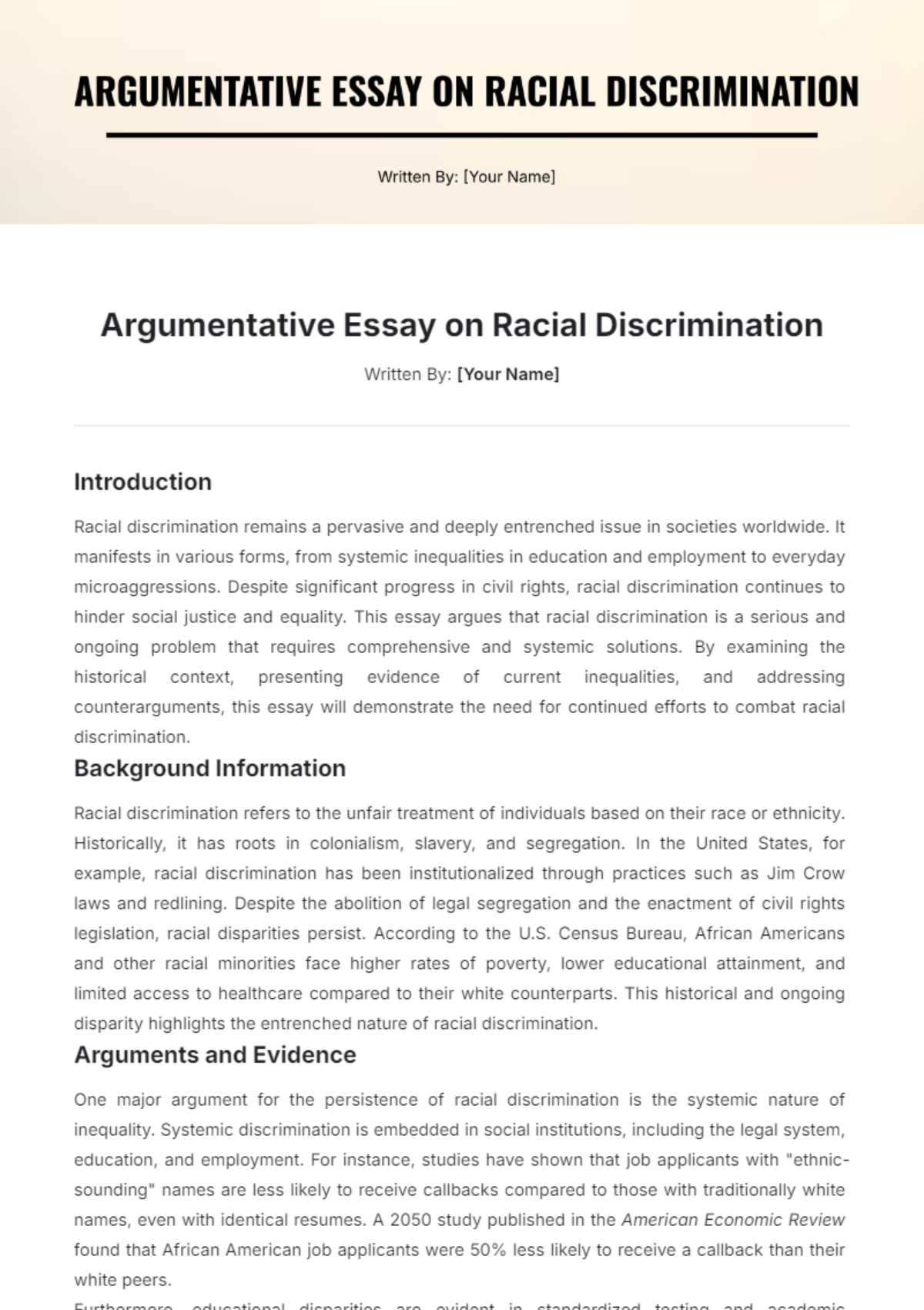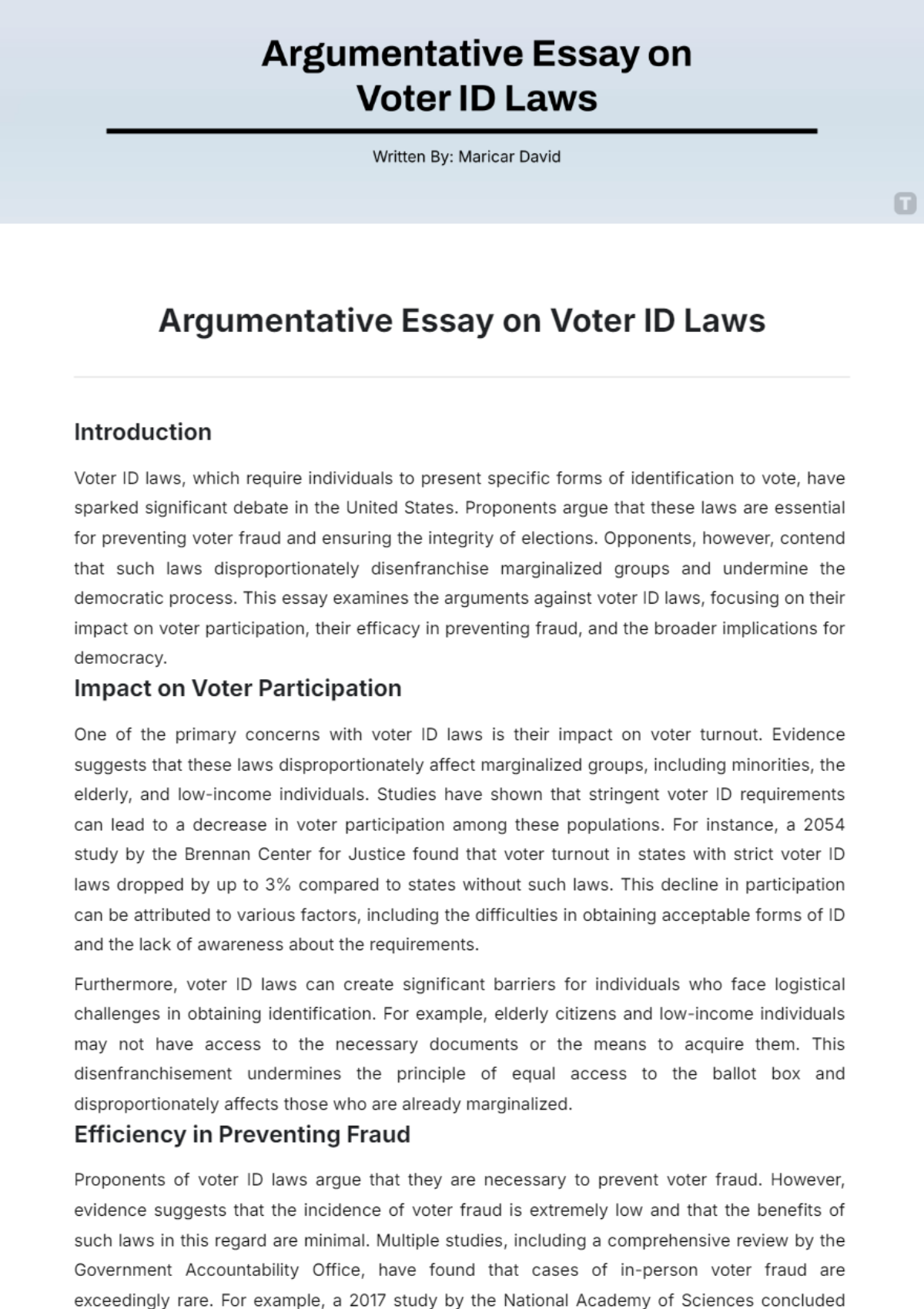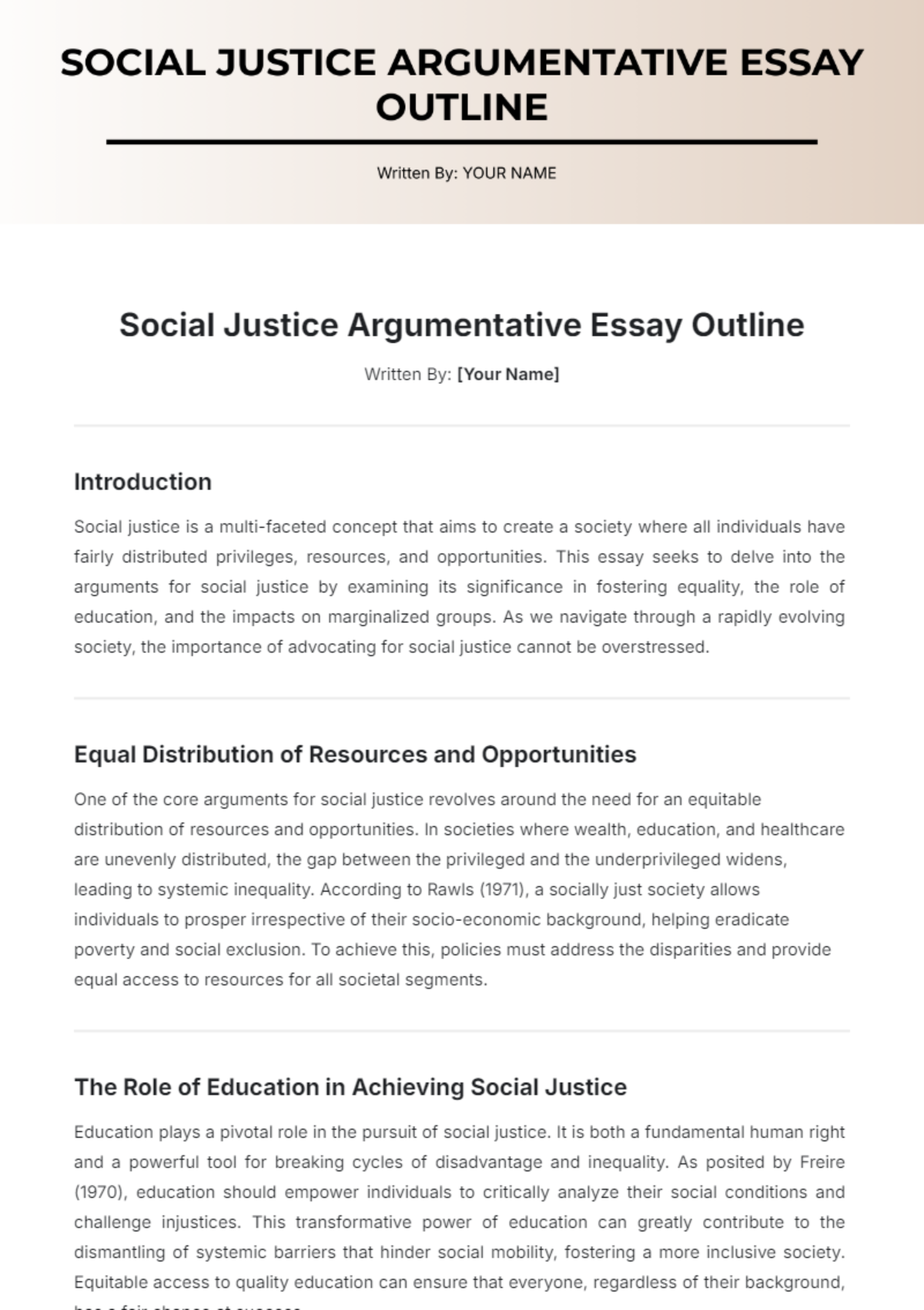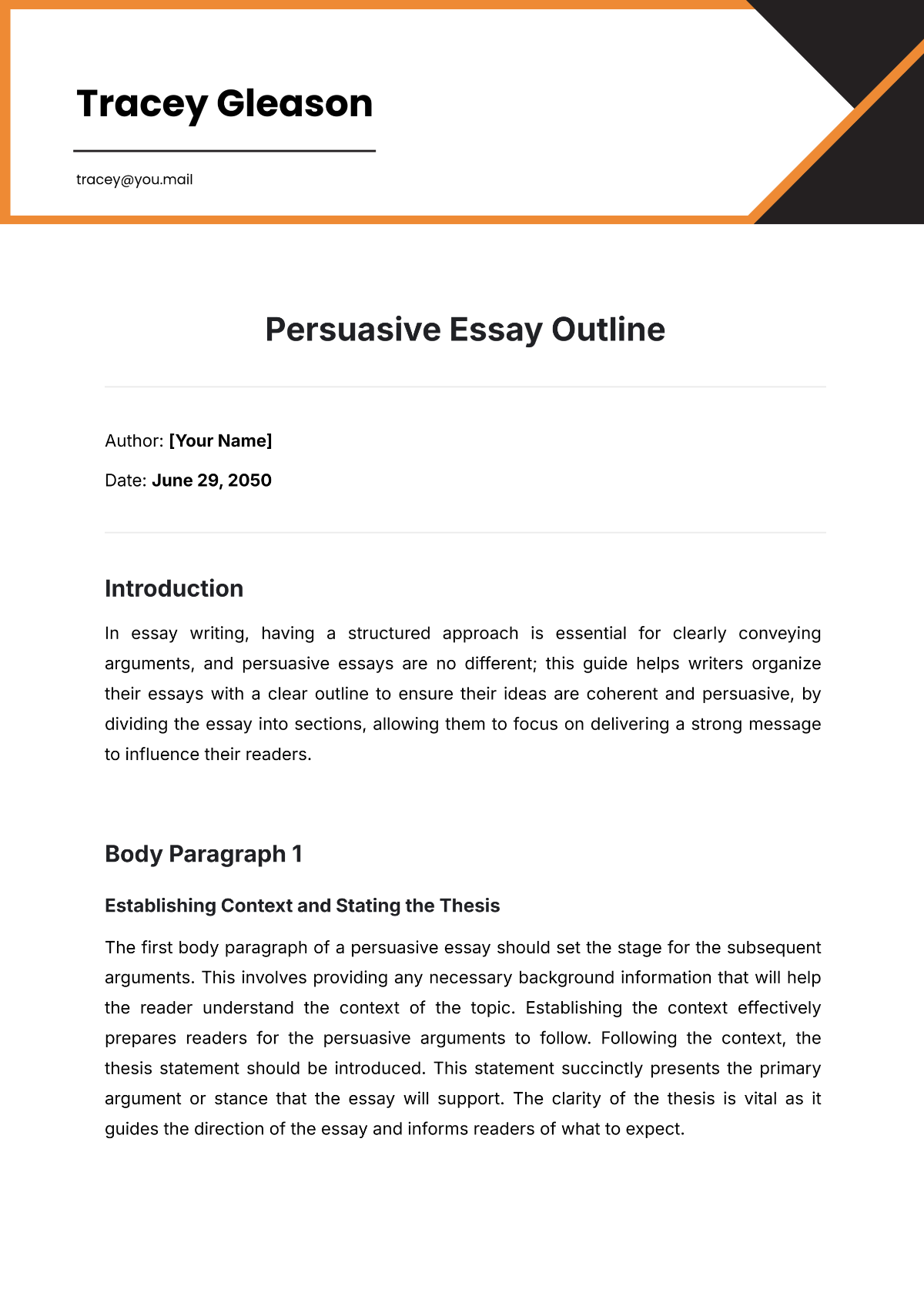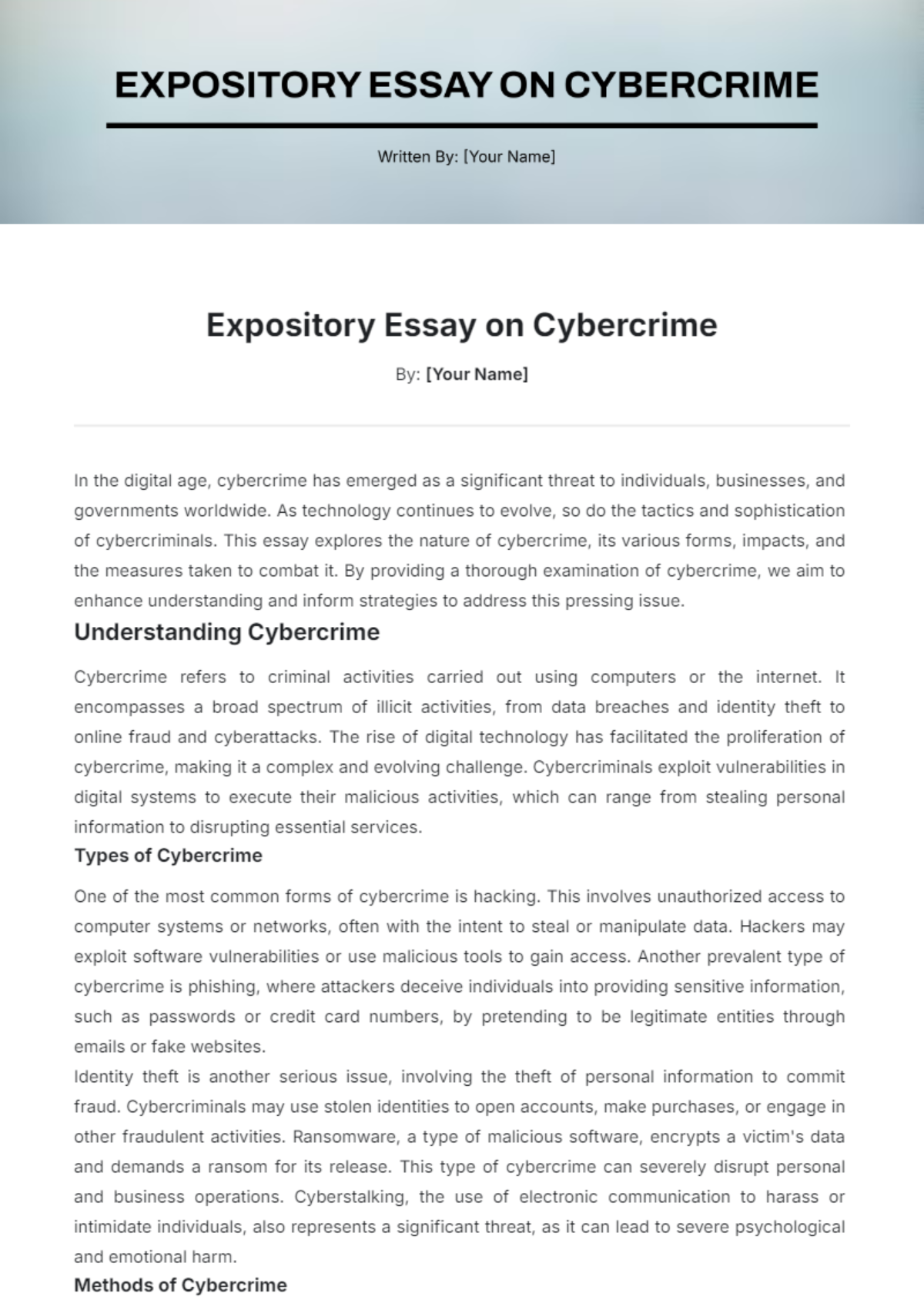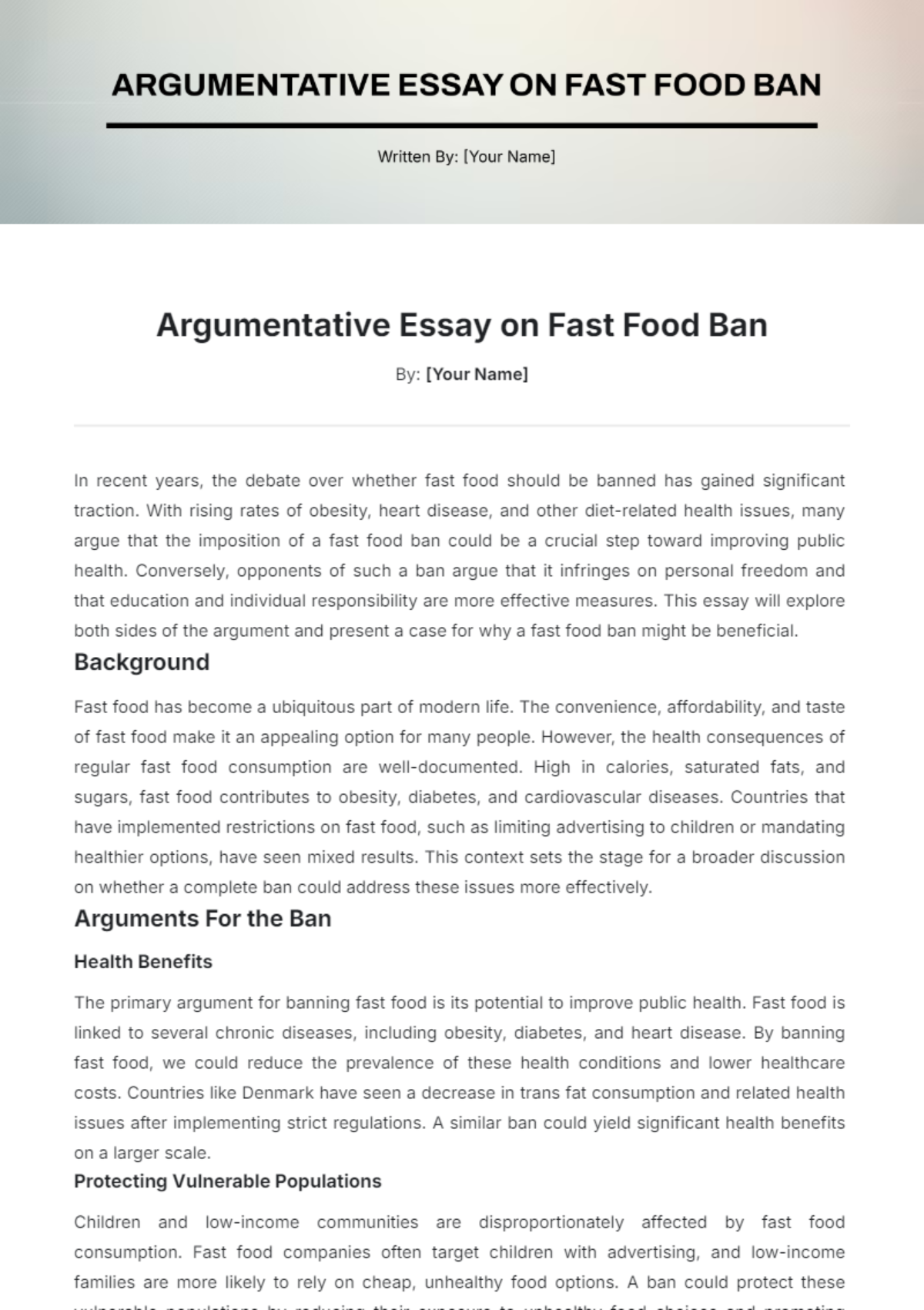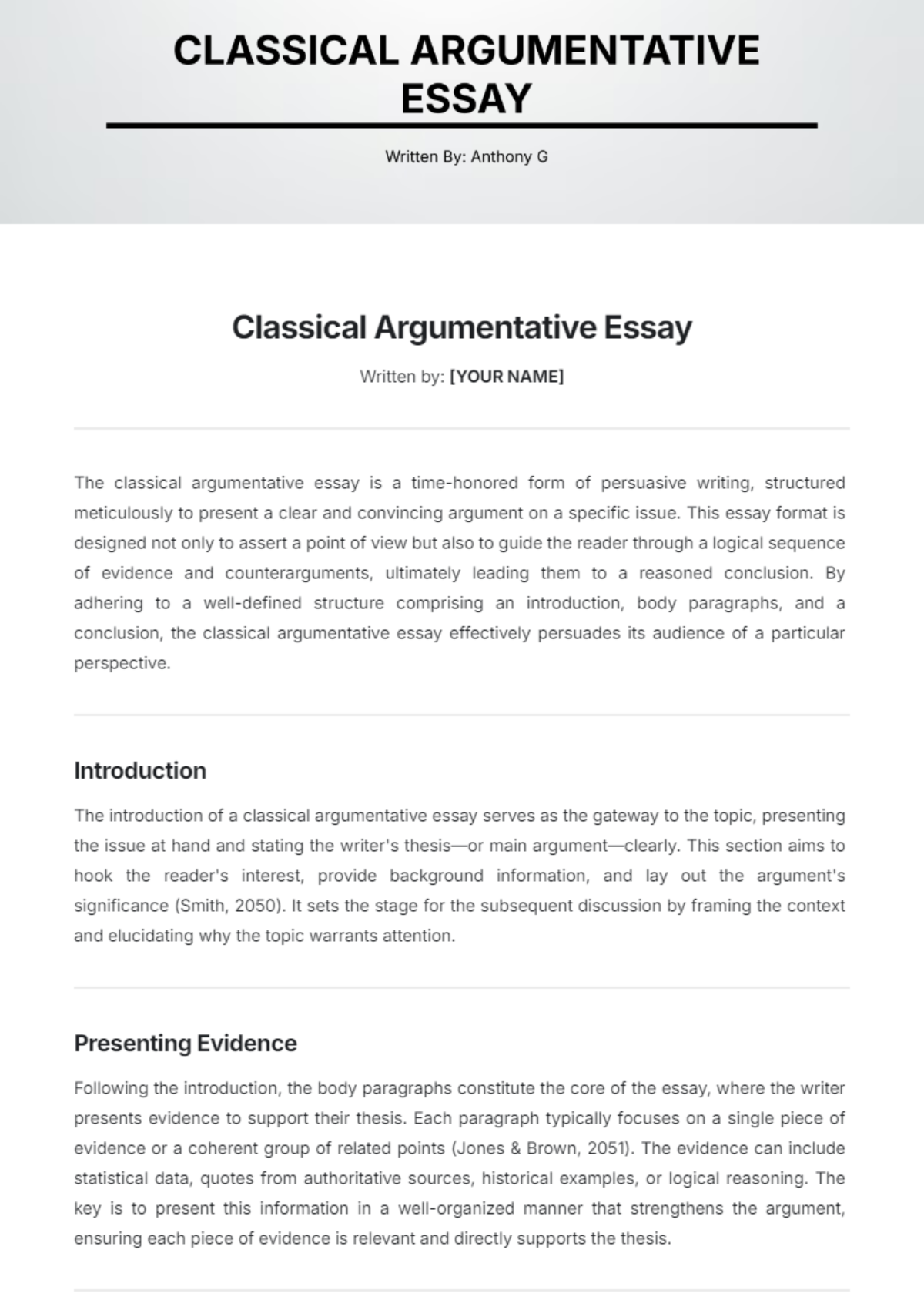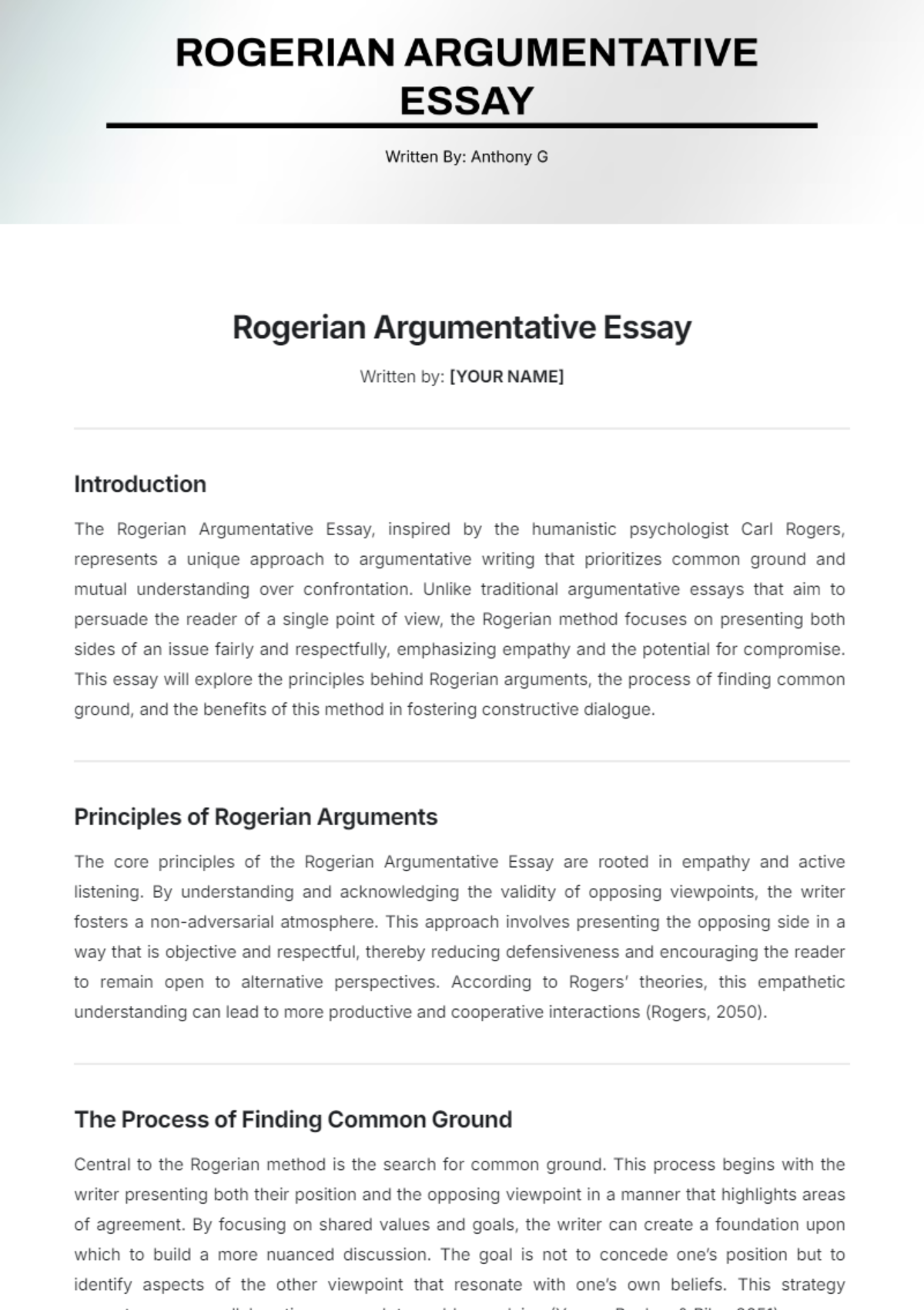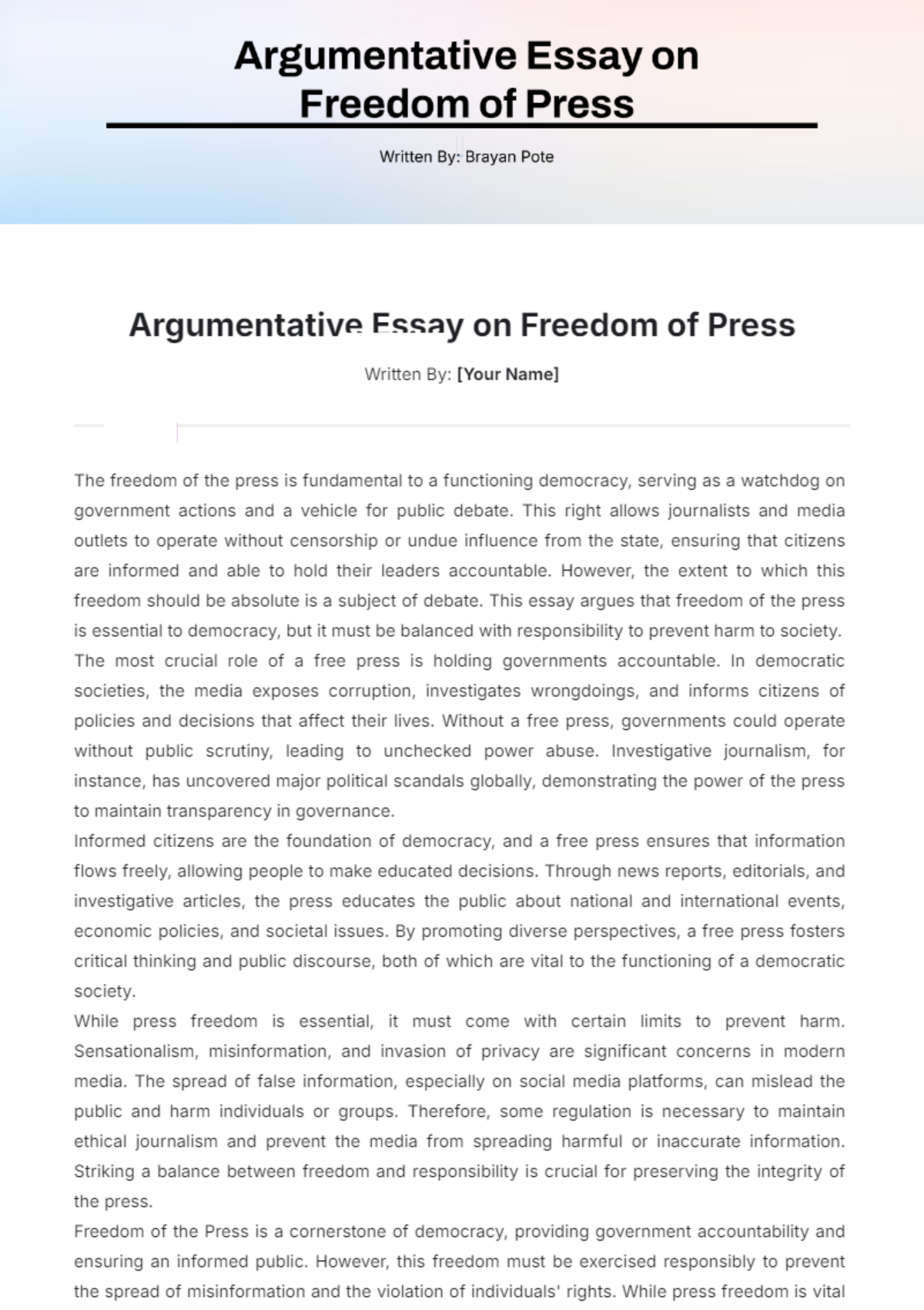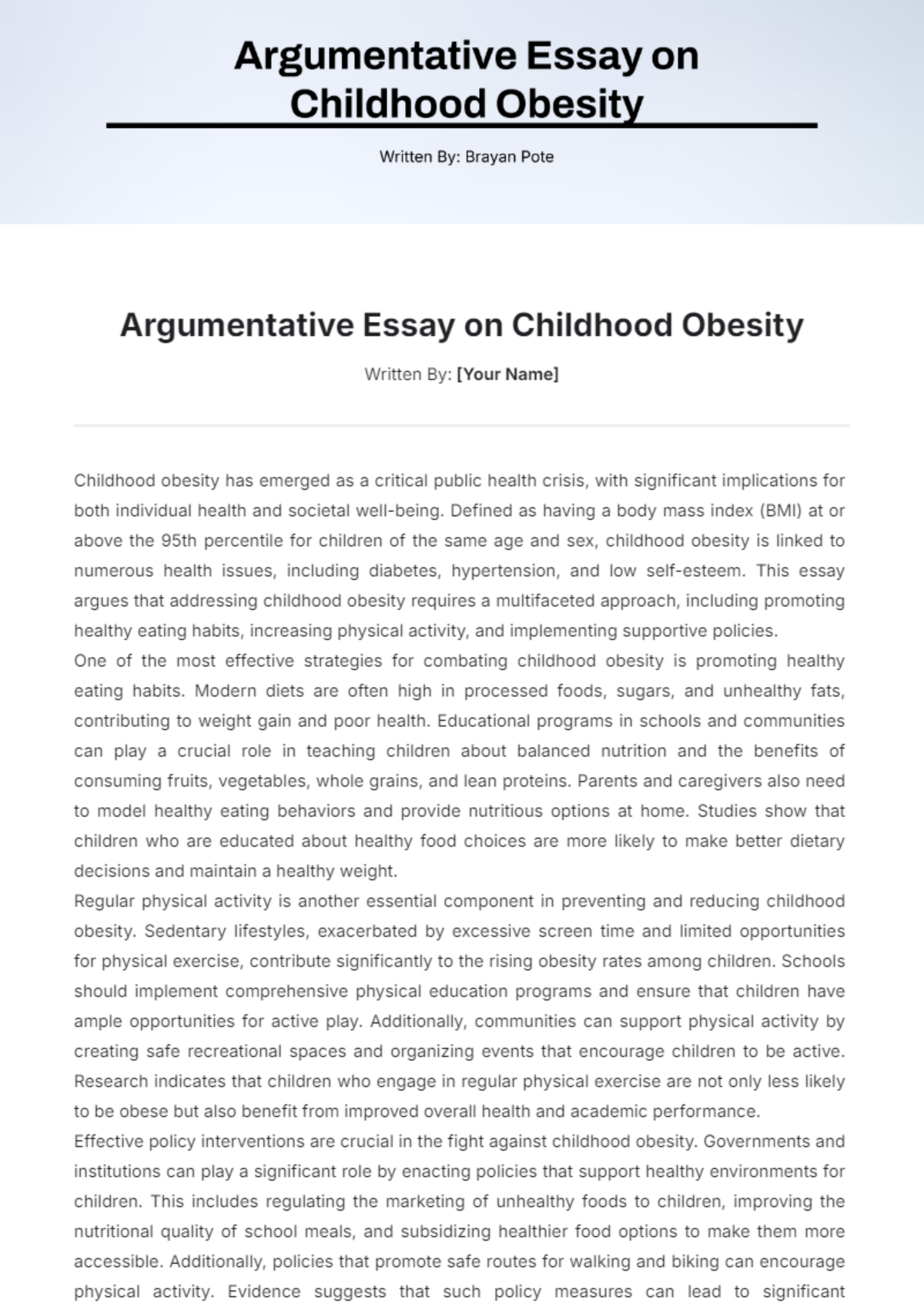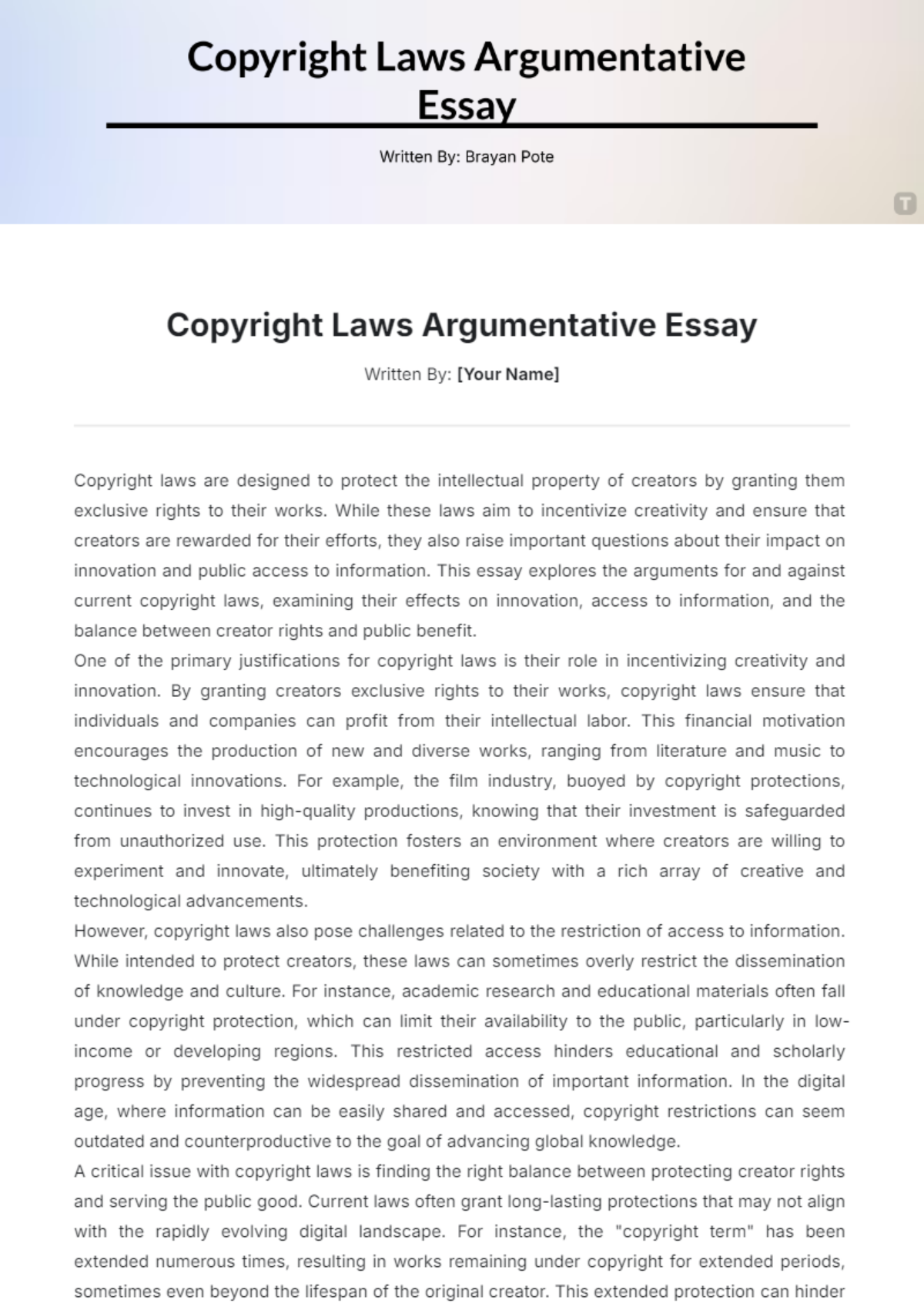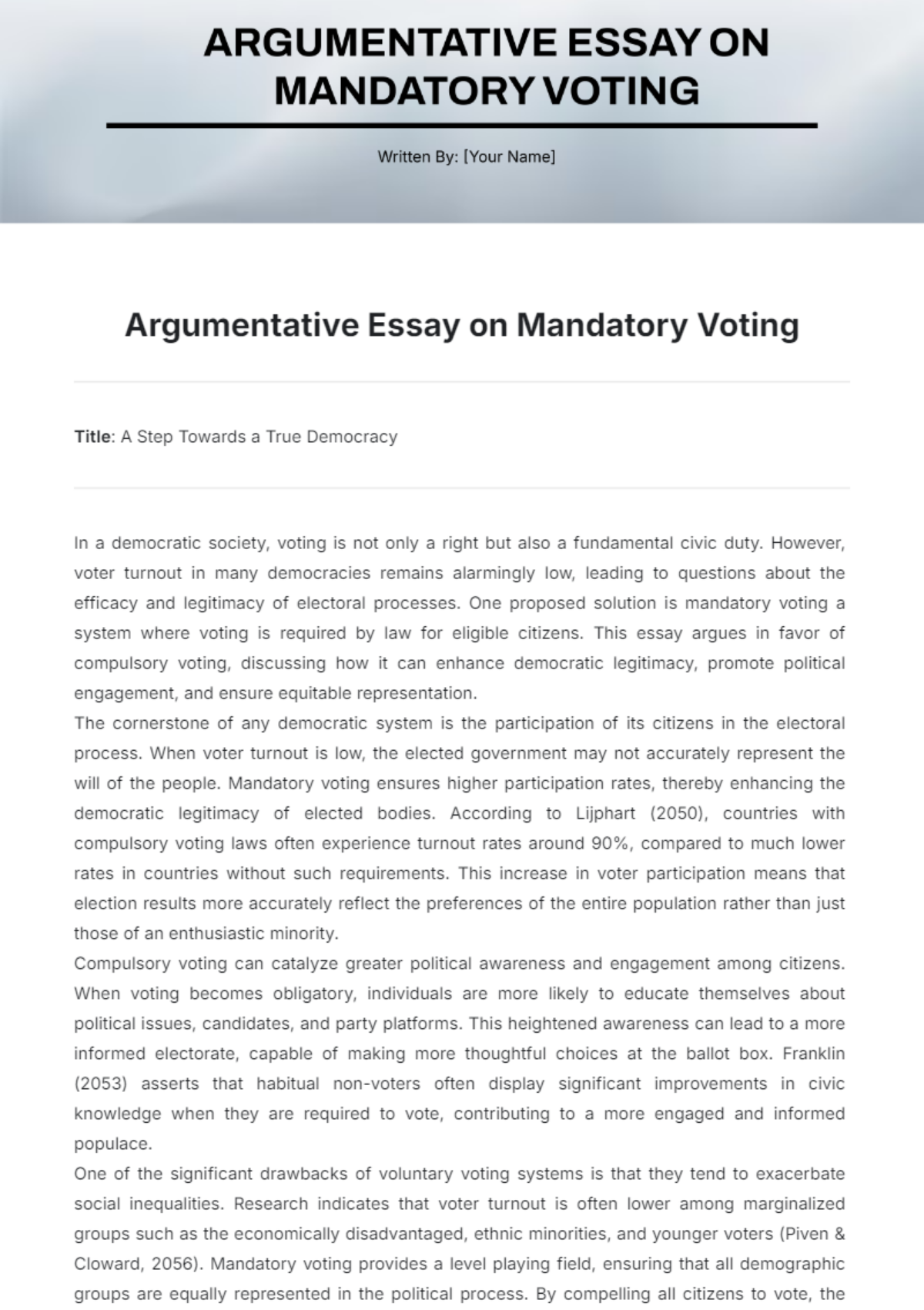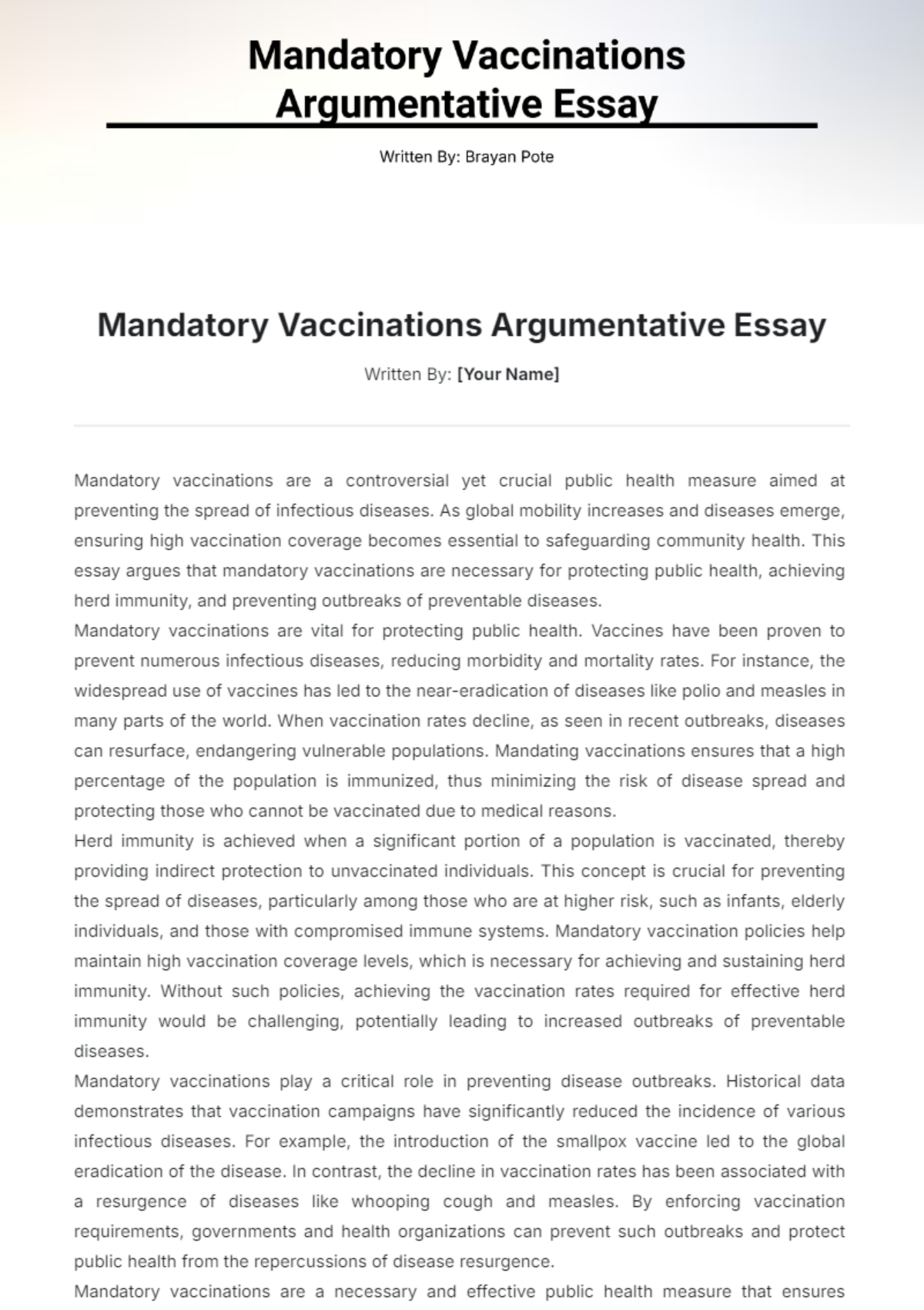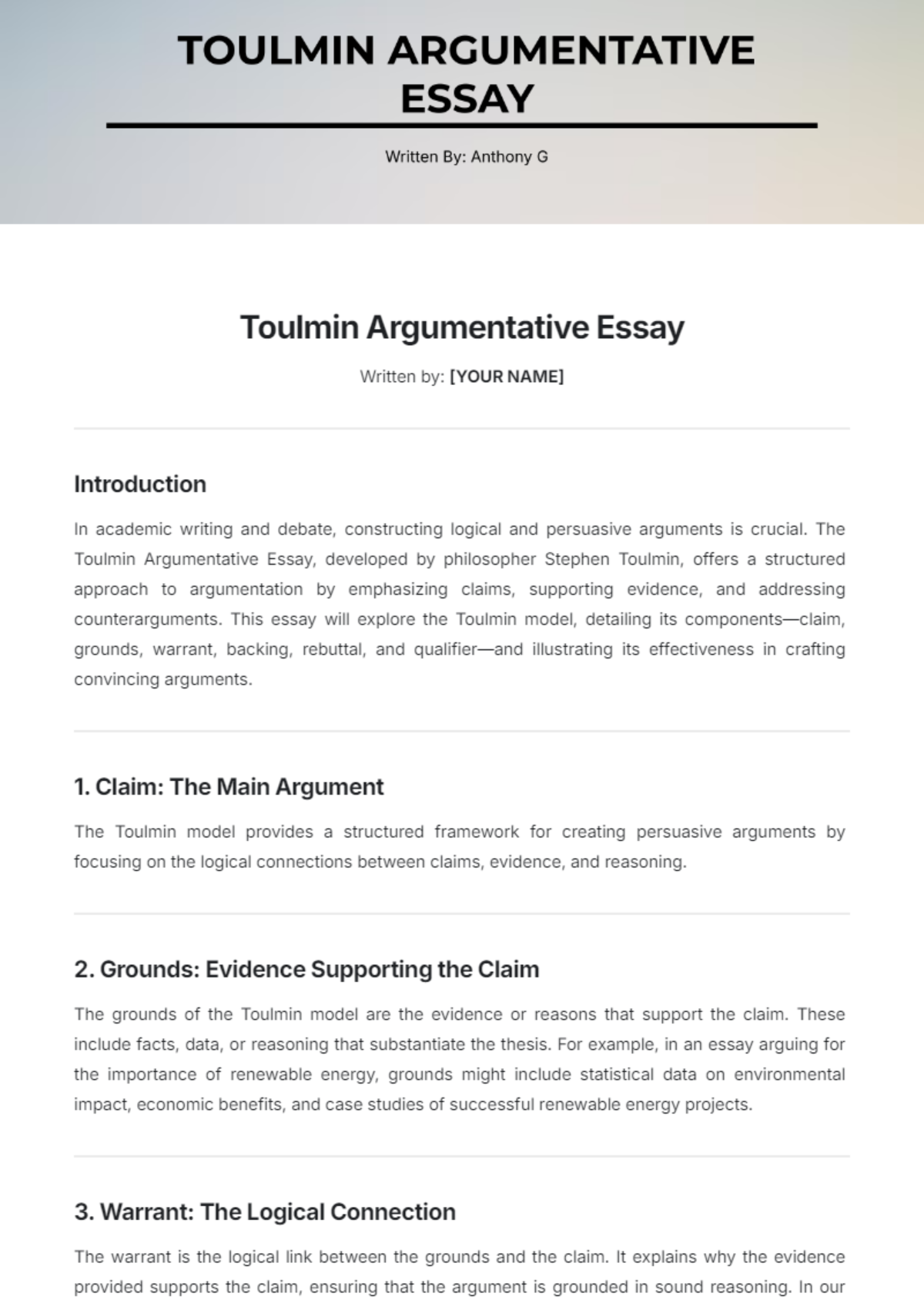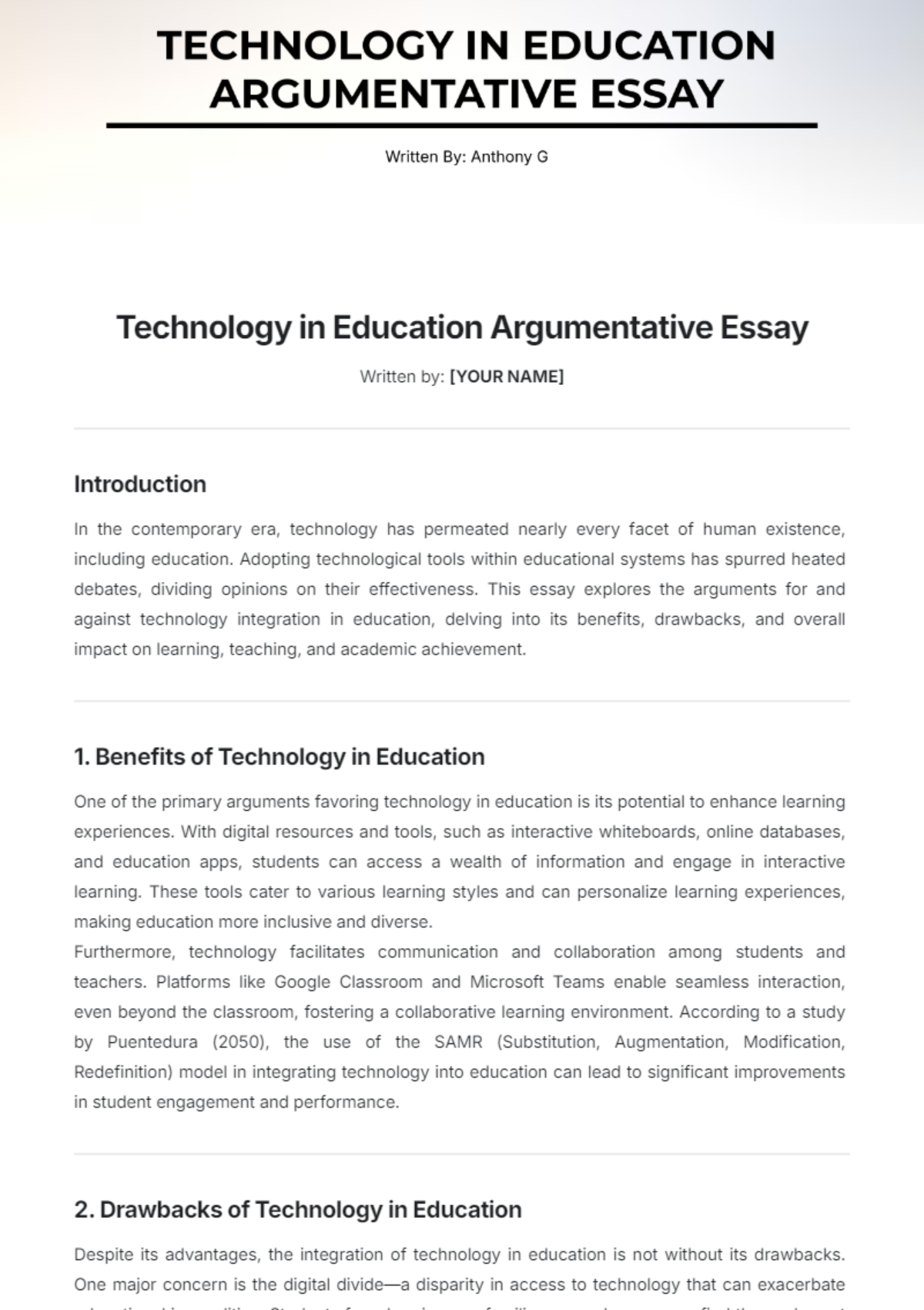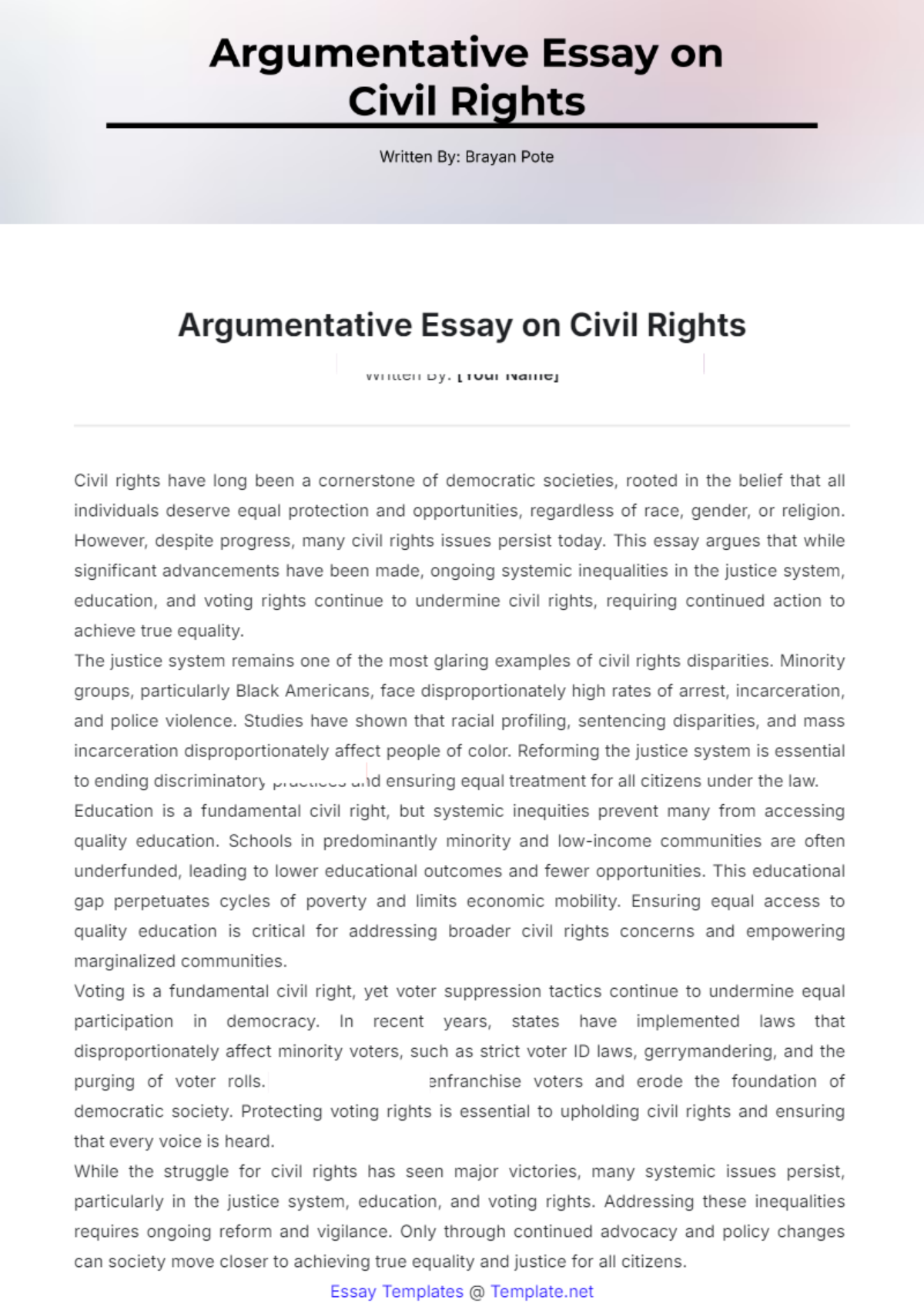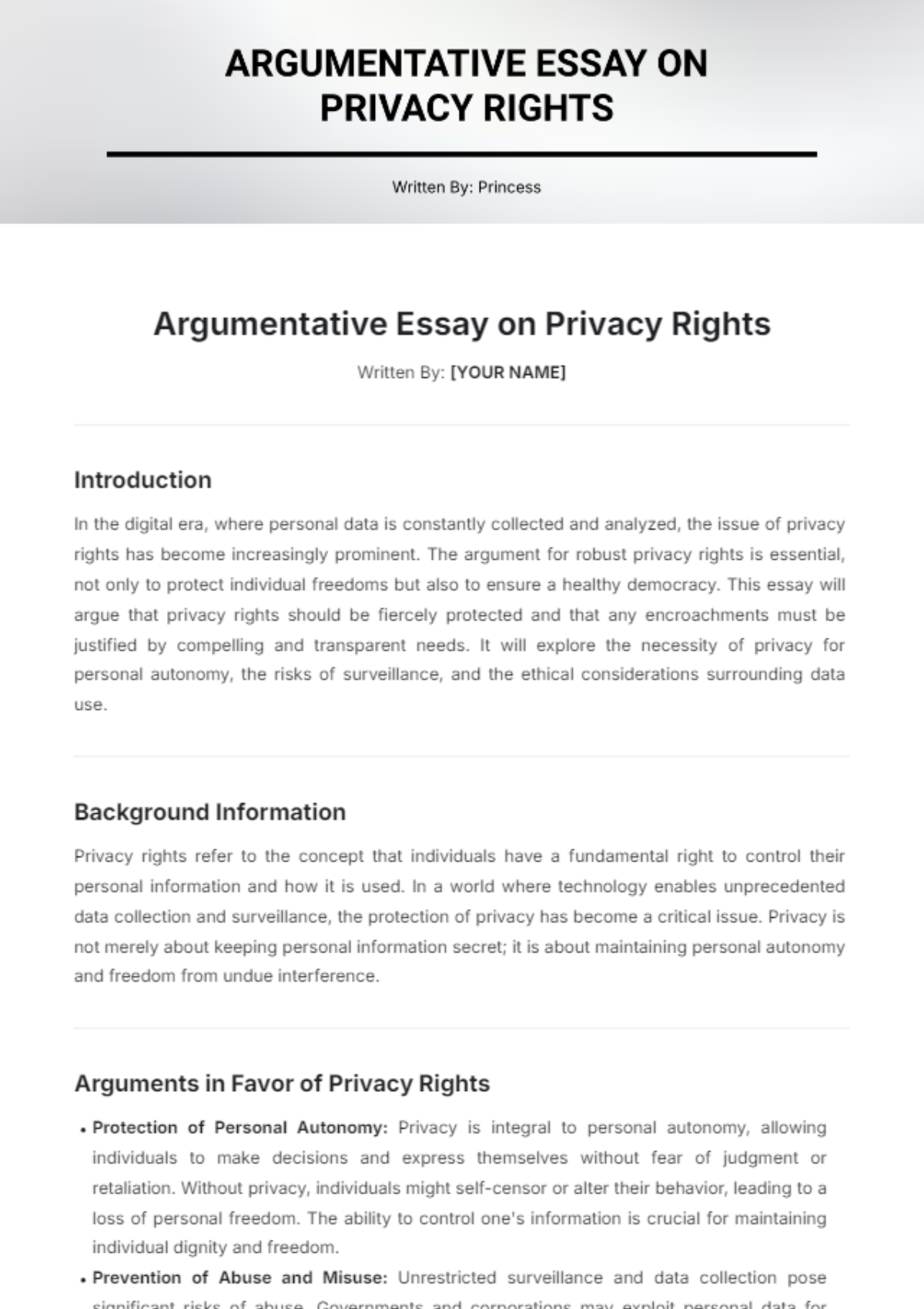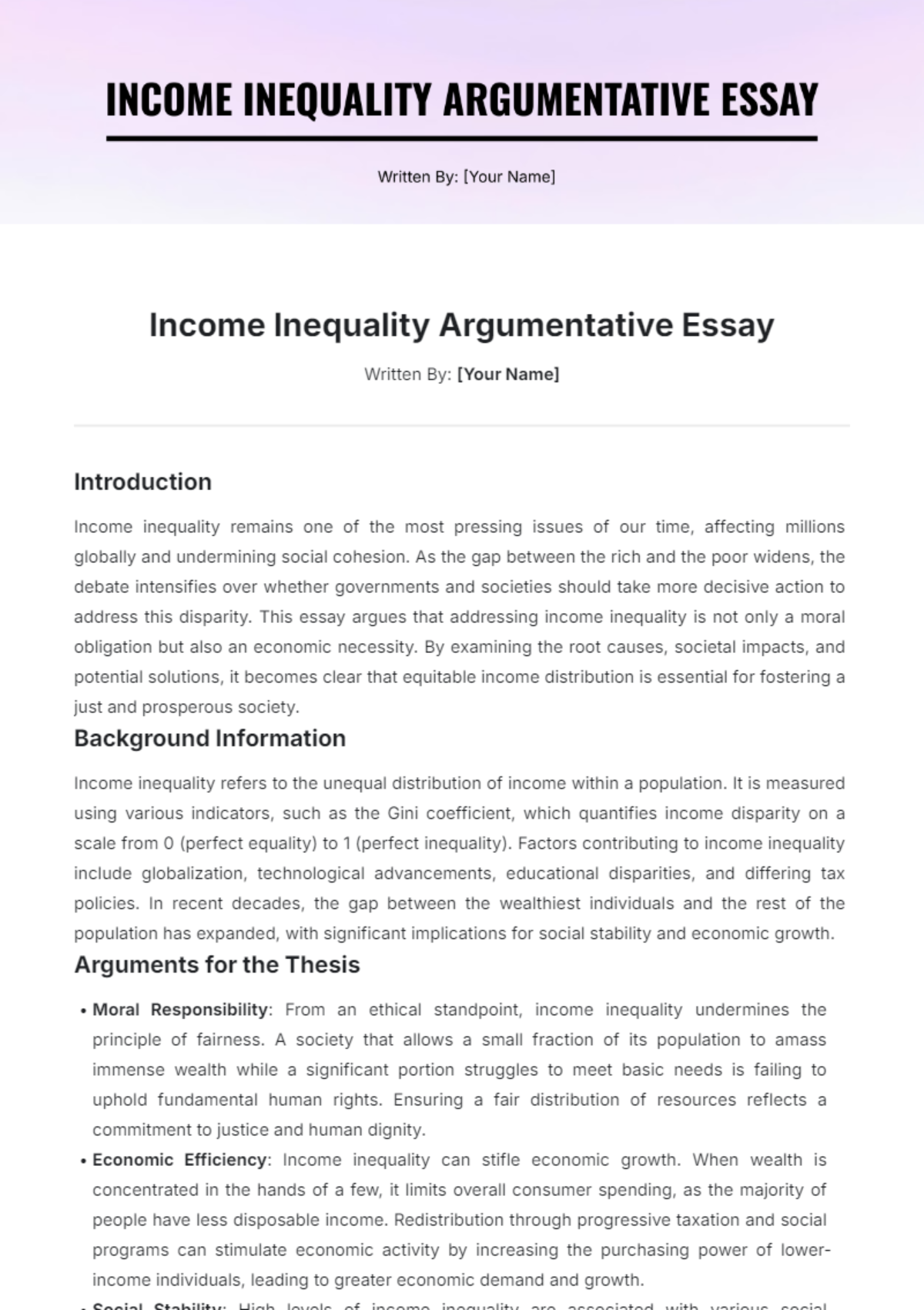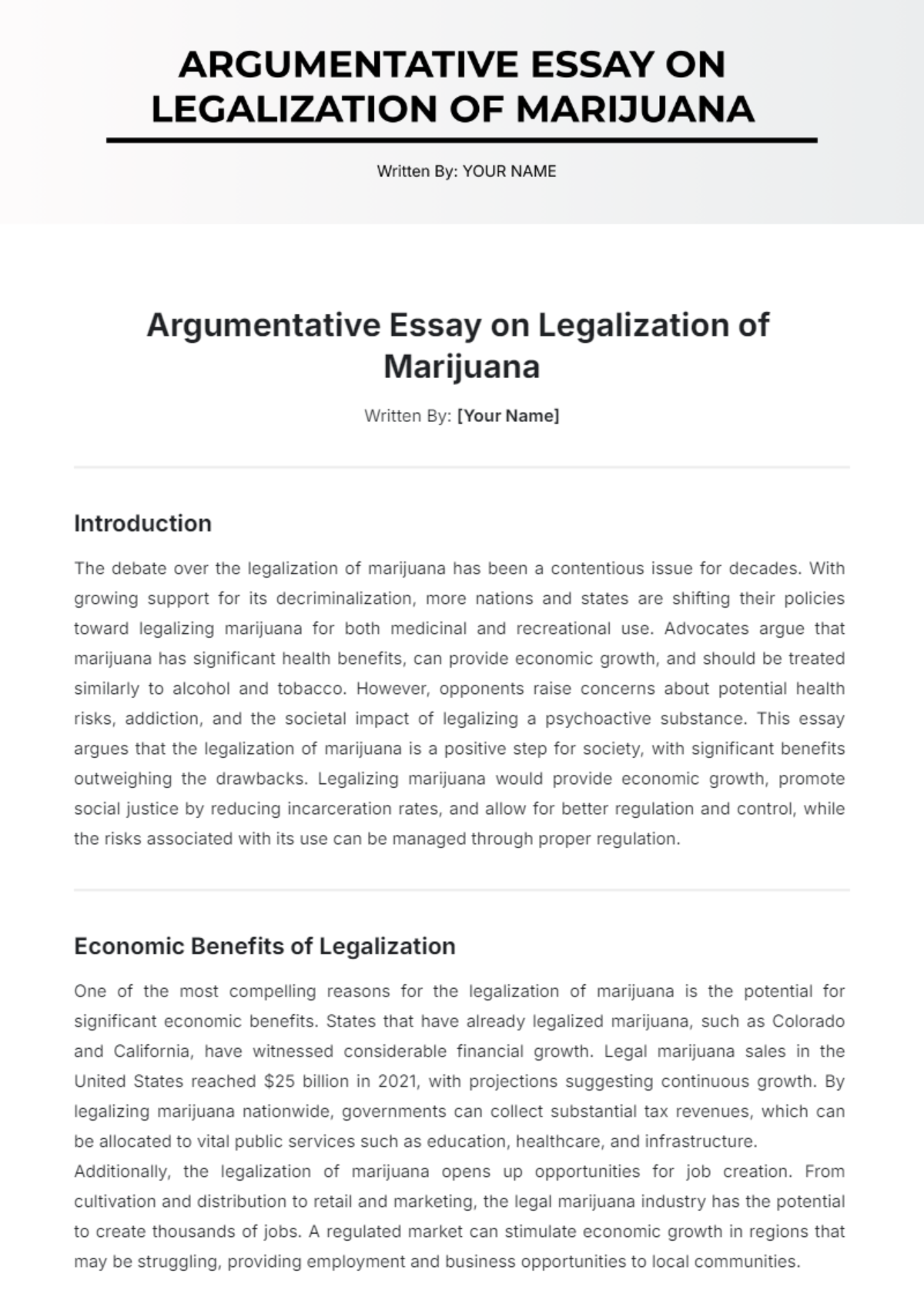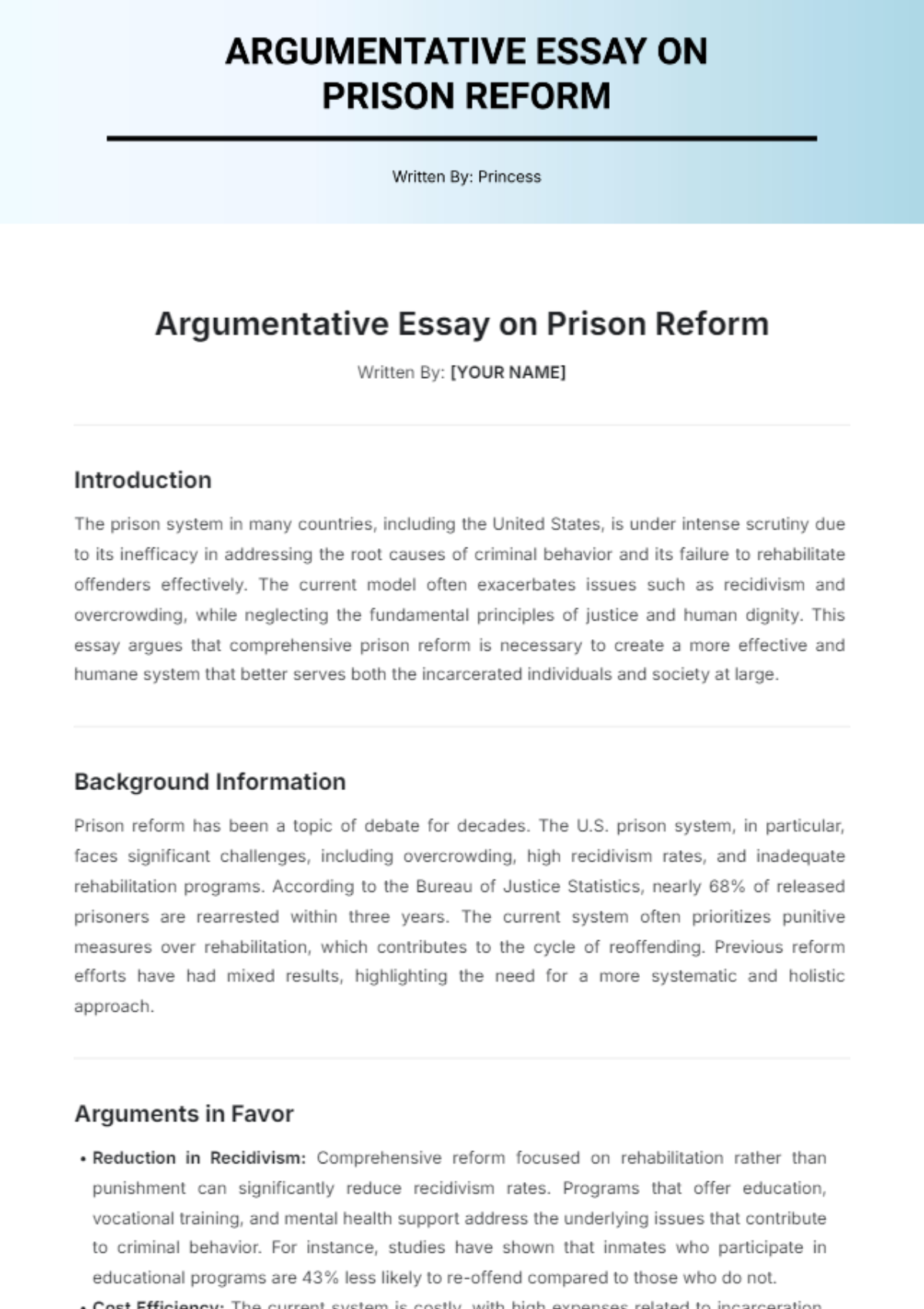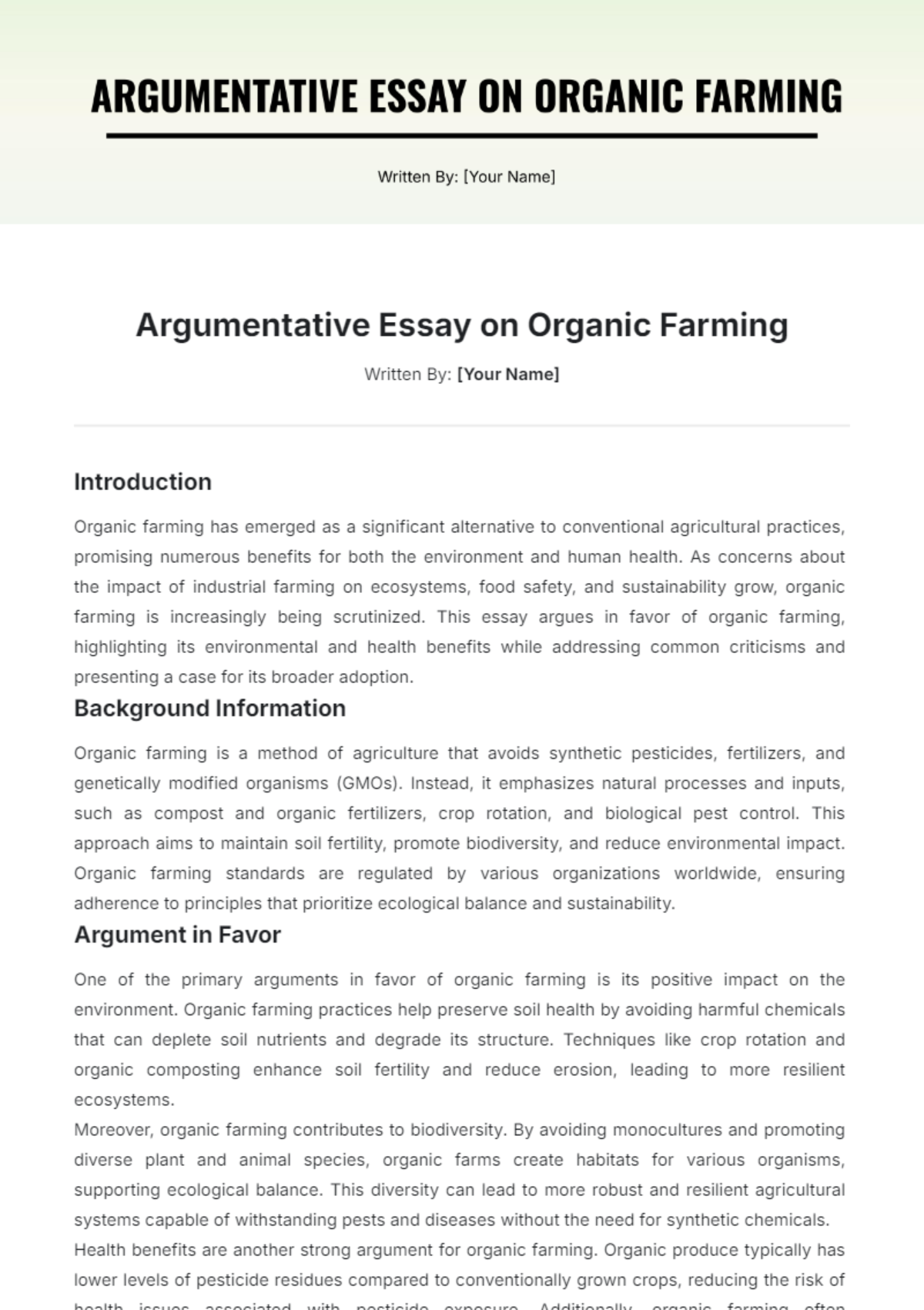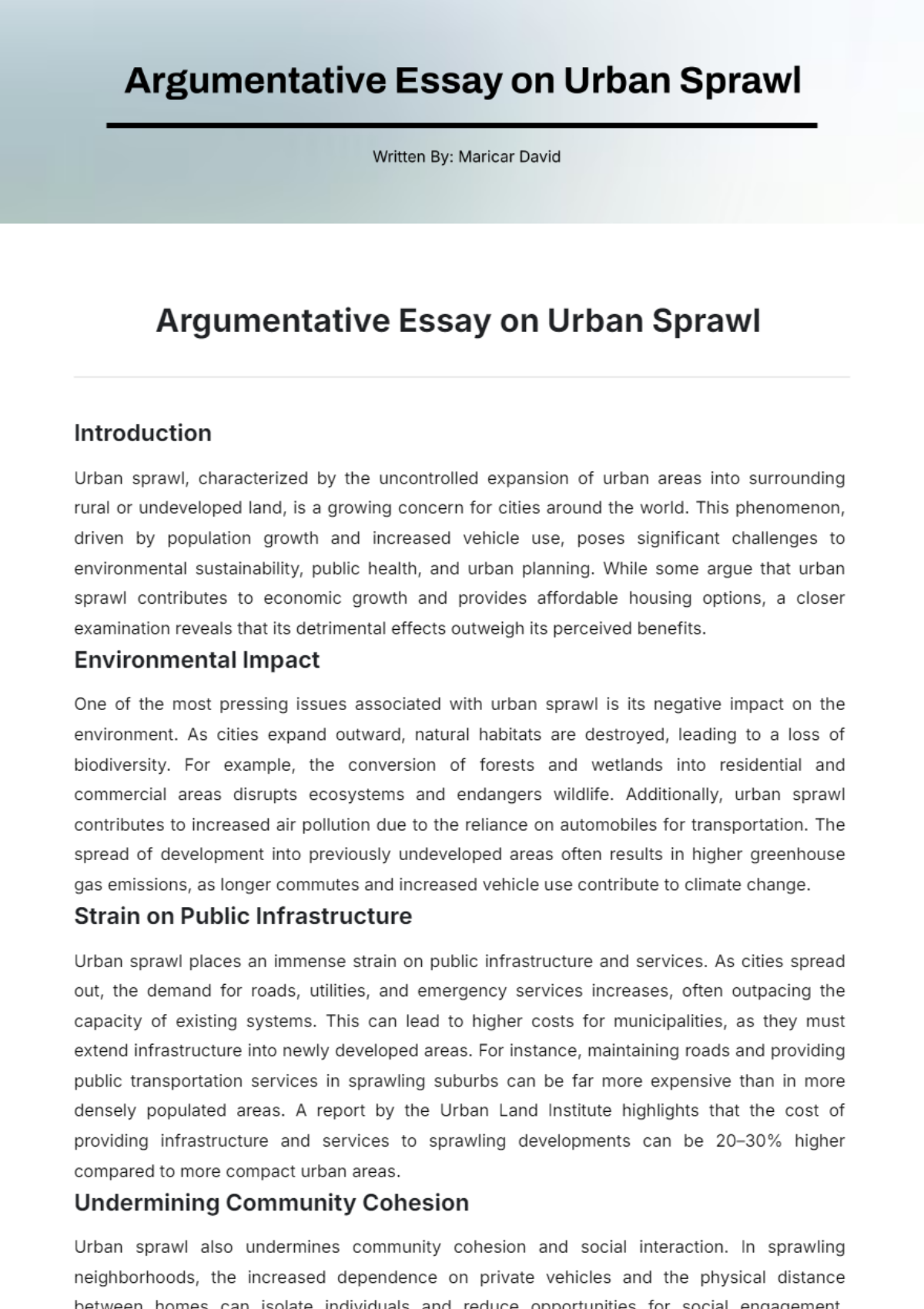Academic Essay Introduction
Written By: [Your Name]
Understanding the Structure of an Academic Essay Introduction
In academic writing, the introduction plays a crucial role in setting the tone for the entire essay. A well-crafted introduction grabs the reader’s attention, provides background information on the topic, and presents the essay’s main argument or thesis. Understanding how to structure an effective introduction is essential for ensuring clarity, engagement, and a logical flow of ideas. This essay will explore the key elements that make up a strong academic introduction, focusing on how to establish context, formulate a clear thesis statement, and outline the essay’s structure.
Establishing Context
The first step in writing an academic introduction is providing background information or context related to the topic. This sets the stage for the reader, helping them understand the broader framework within which the argument or analysis will unfold. Effective context-building involves narrowing the focus from a general discussion to the specific issues or questions the essay will address. For instance, if the essay is about climate change policies, the introduction may begin by highlighting the global importance of environmental preservation before narrowing down to specific policy challenges. This allows the reader to appreciate the relevance and urgency of the essay’s subject.
Crafting a Clear Thesis Statement
The thesis statement is arguably the most important part of an academic essay introduction. It succinctly presents the main argument or central point that the essay will argue or analyze. A strong thesis is both clear and debatable, providing a roadmap for the essay. It should be specific enough to guide the discussion but broad enough to allow for in-depth exploration. For example, rather than stating, “Climate change is a problem,” a more focused thesis might be, “Effective climate change policies require global cooperation, economic incentives, and technological innovation.” This thesis lays out the main points the essay will cover, ensuring that the reader knows exactly what to expect.
Outlining the Structure of the Essay
Finally, an academic introduction should briefly outline the structure of the essay, giving the reader a sense of how the argument will be developed. This serves as a preview of the essay’s organization and helps the reader follow the progression of ideas. For example, after presenting the thesis, the writer may include a sentence like, “This essay will first examine the need for international collaboration, then explore the role of economic incentives, and finally discuss technological advancements in addressing climate change.” This step-by-step guide informs the reader about the upcoming content and enhances the overall coherence of the essay.
Conclusion
In conclusion, the introduction of an academic essay plays a pivotal role in engaging the reader, providing necessary context, and clearly outlining the thesis and structure of the essay. By establishing context, crafting a concise and focused thesis statement, and previewing the essay’s organization, writers can create an effective introduction that sets a strong foundation for the rest of their work. Mastering this part of the essay is essential for effective academic communication and ensures the reader remains engaged and informed throughout the discussion.
